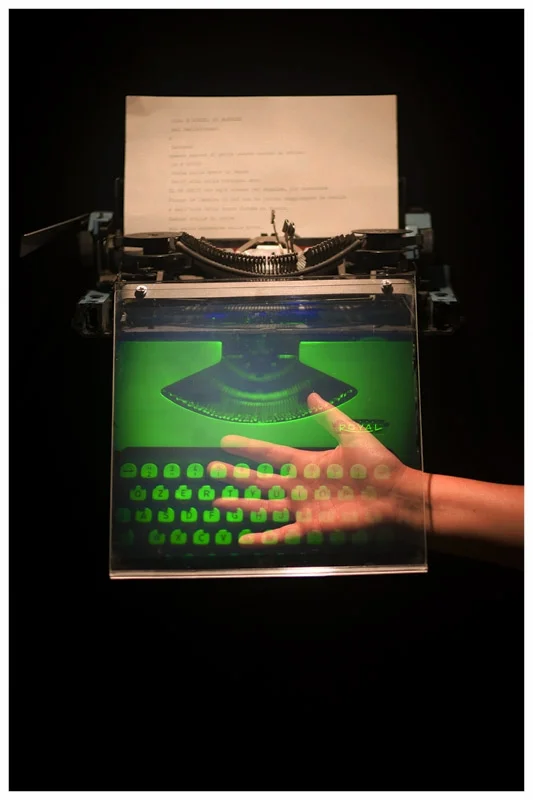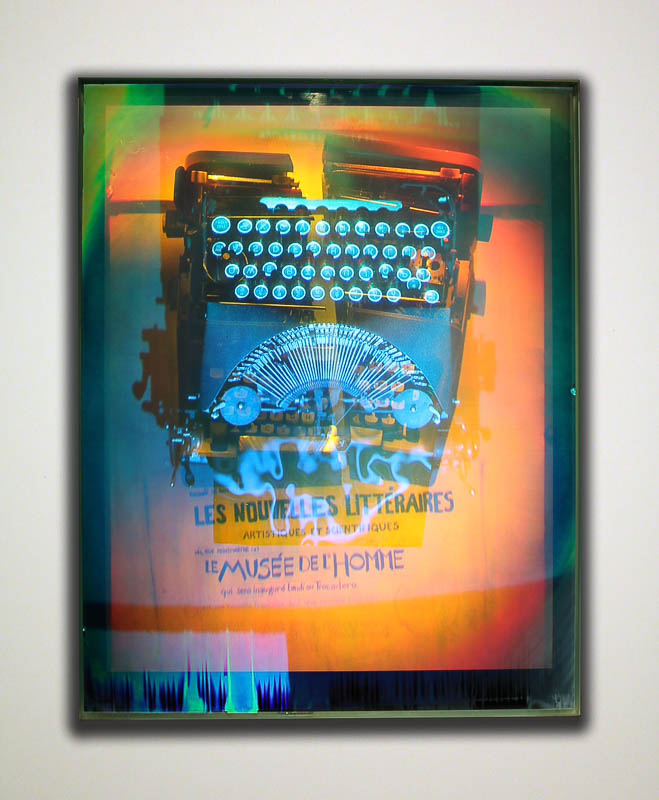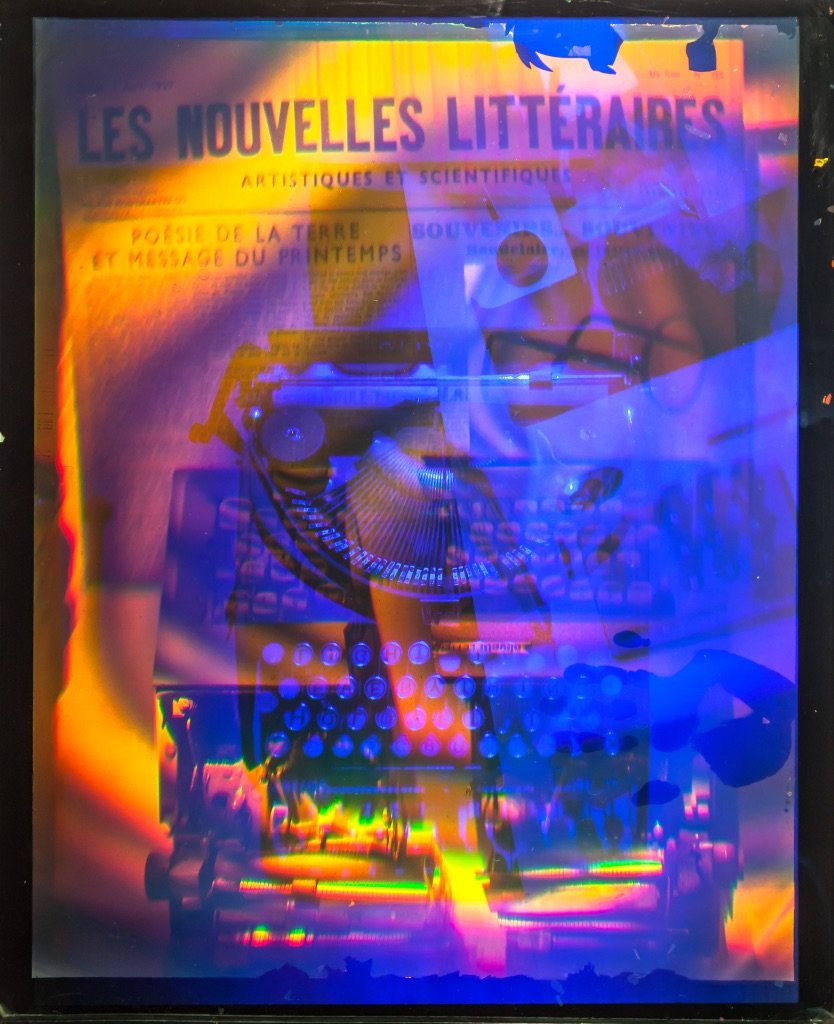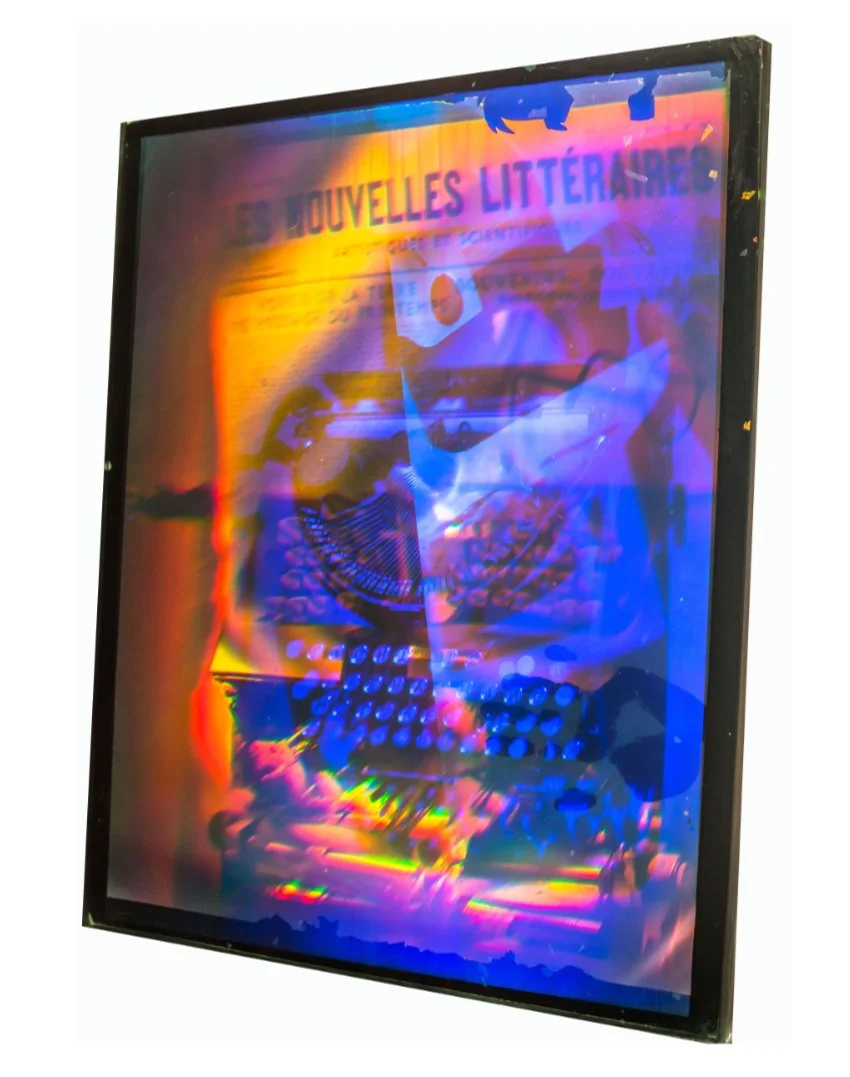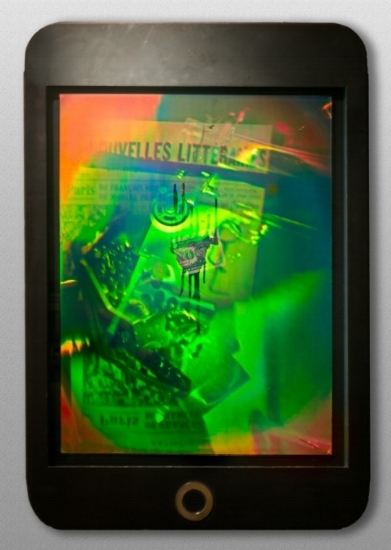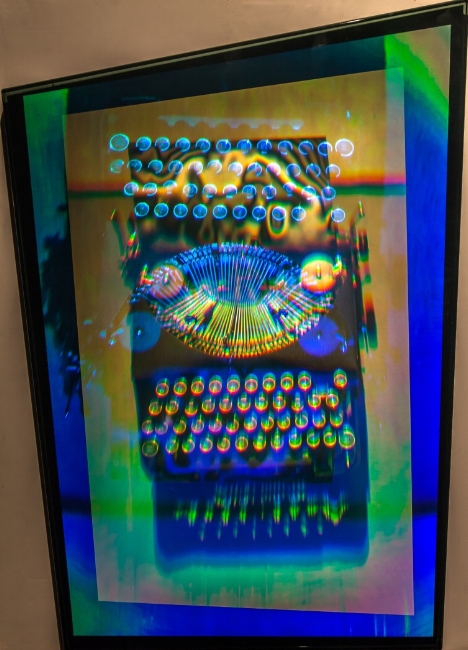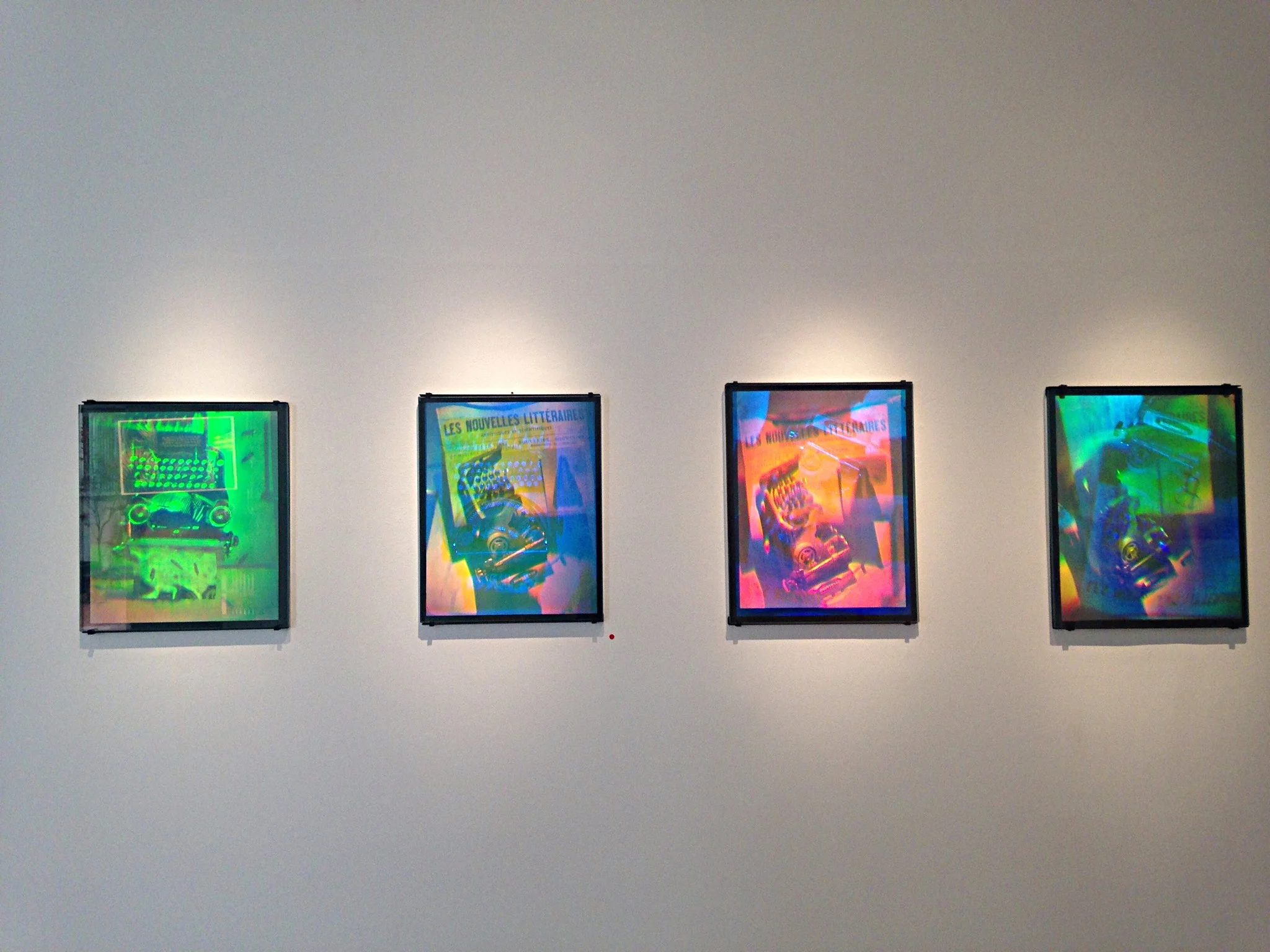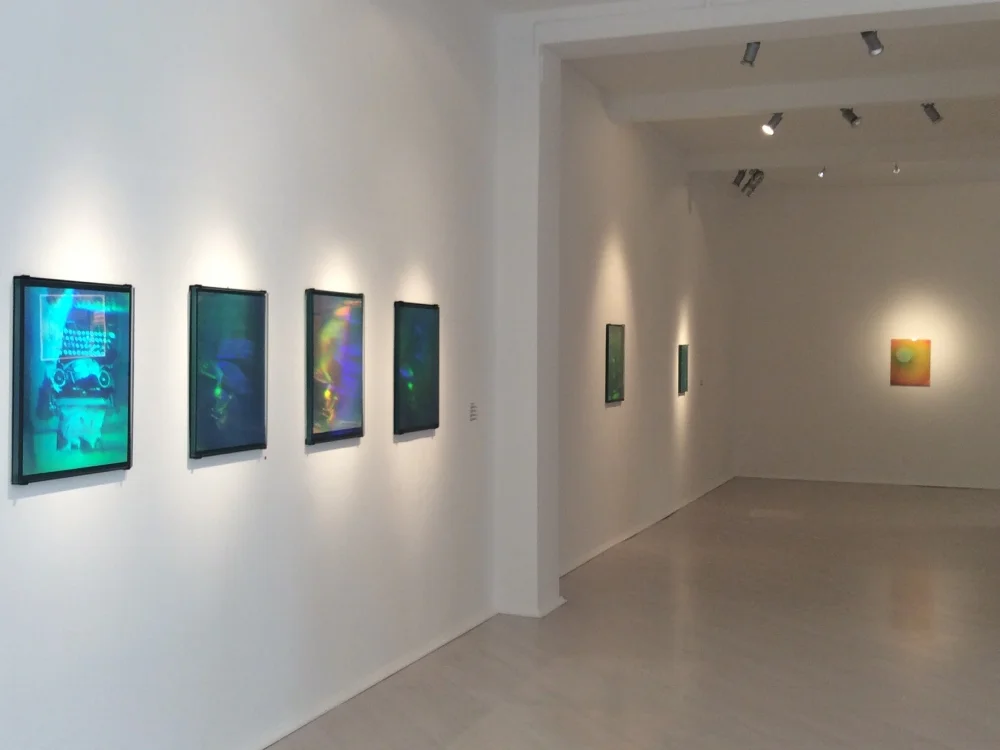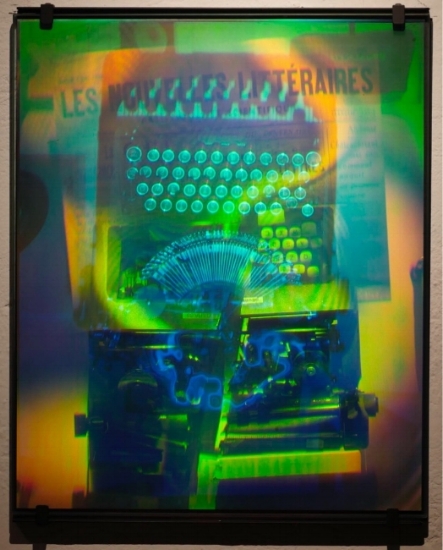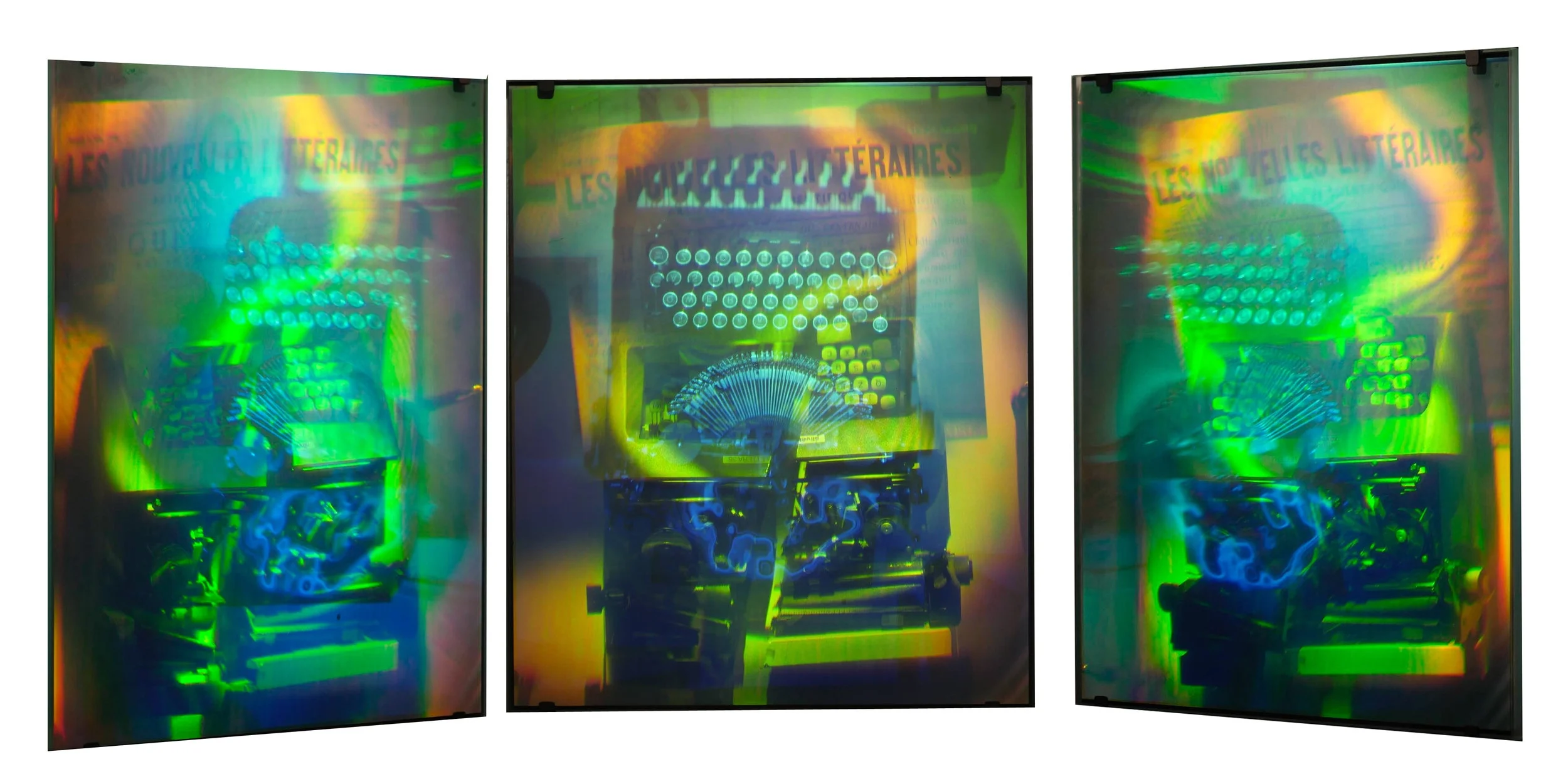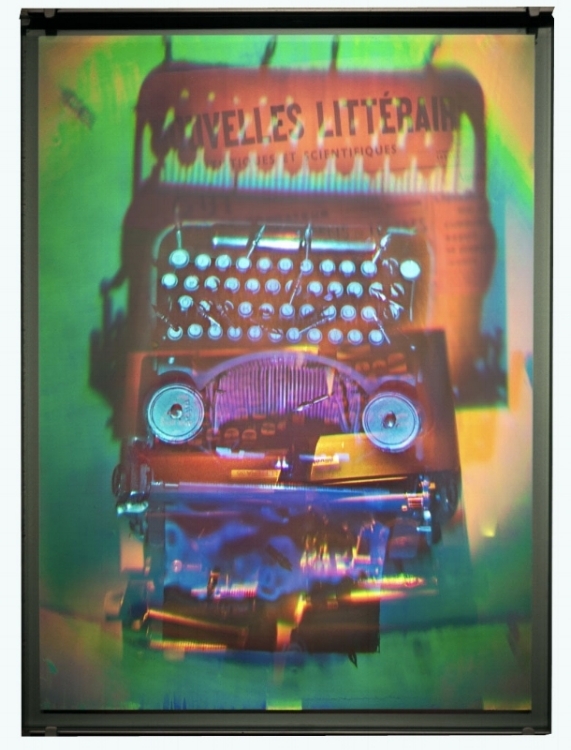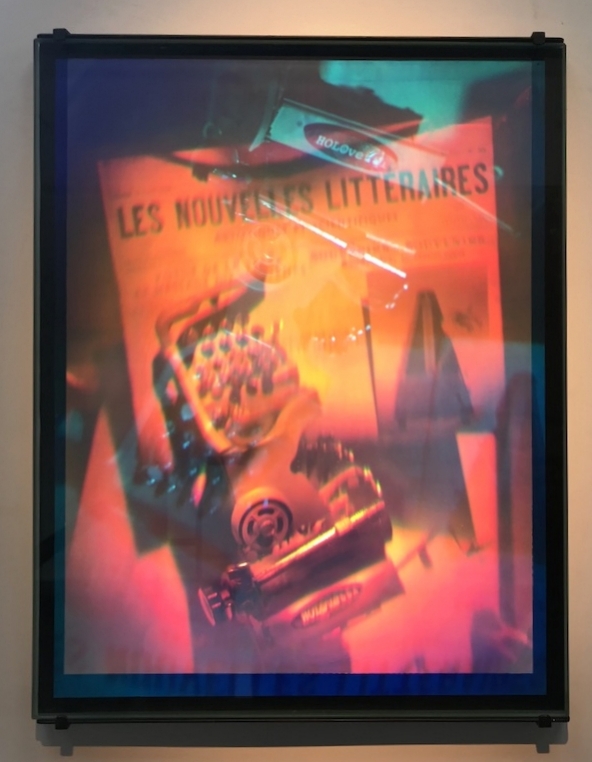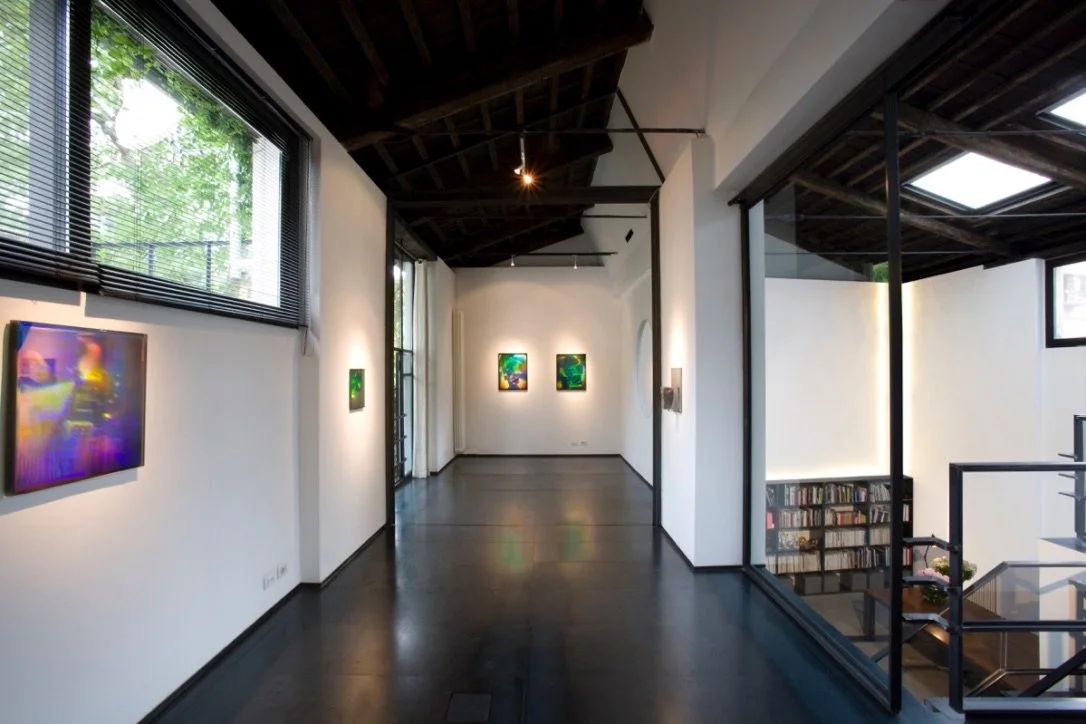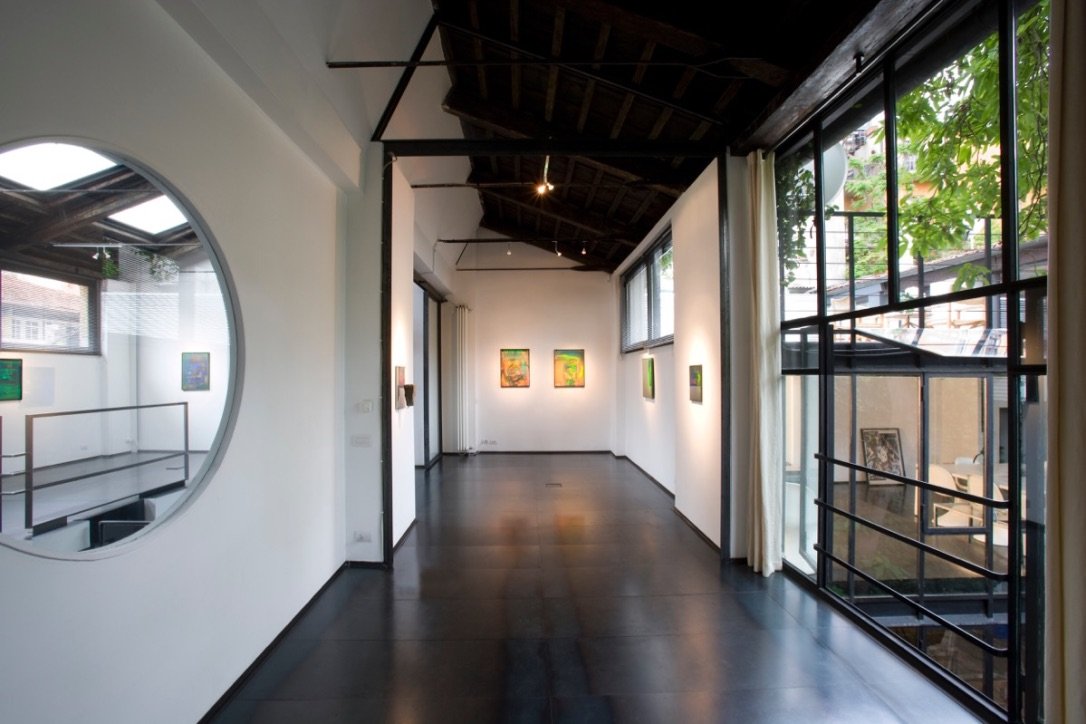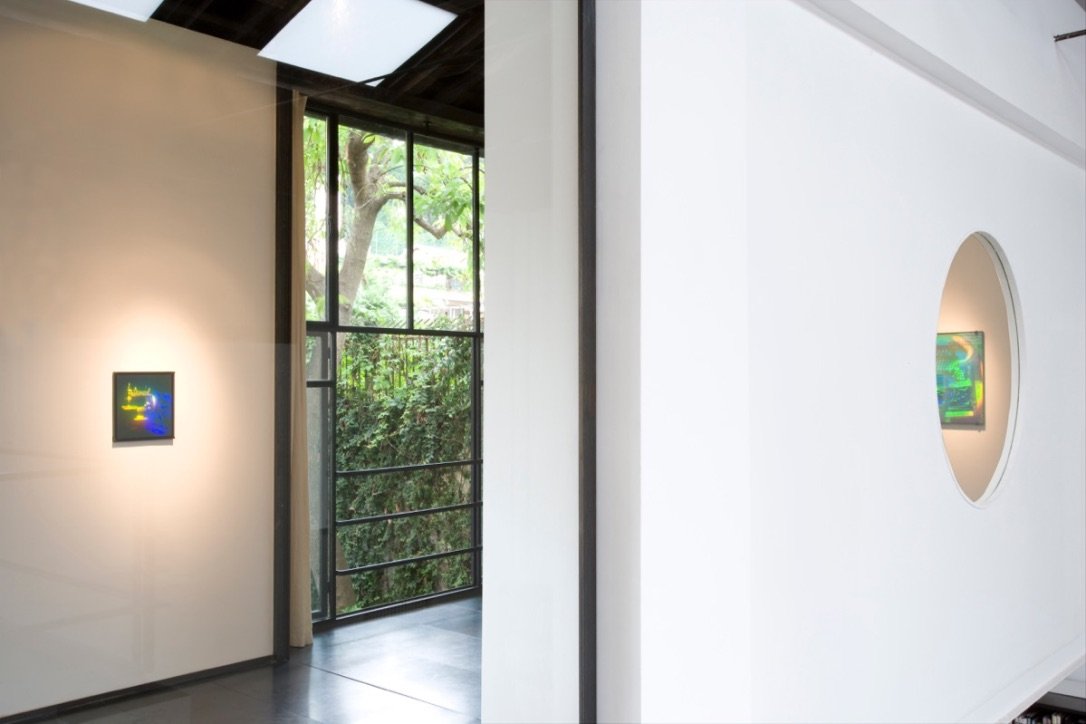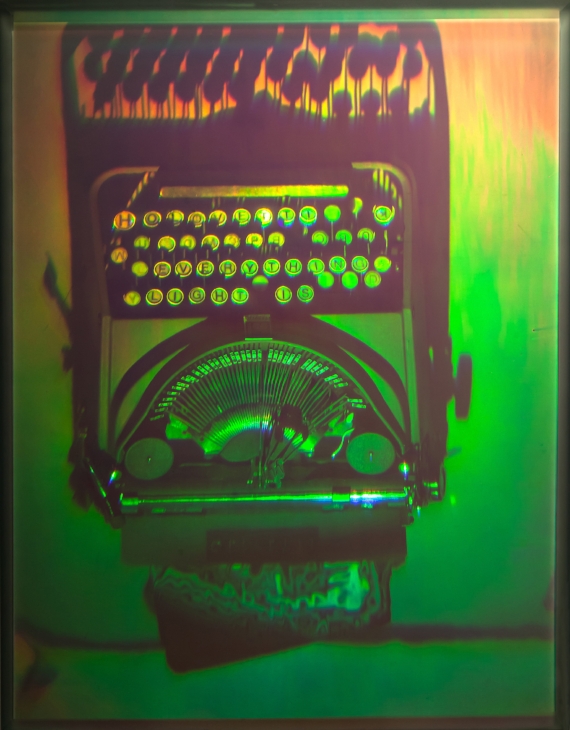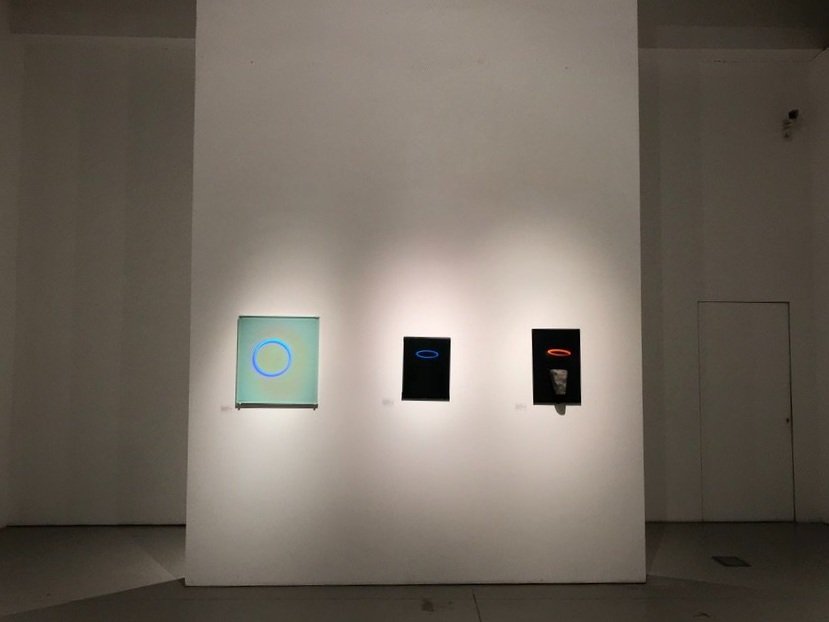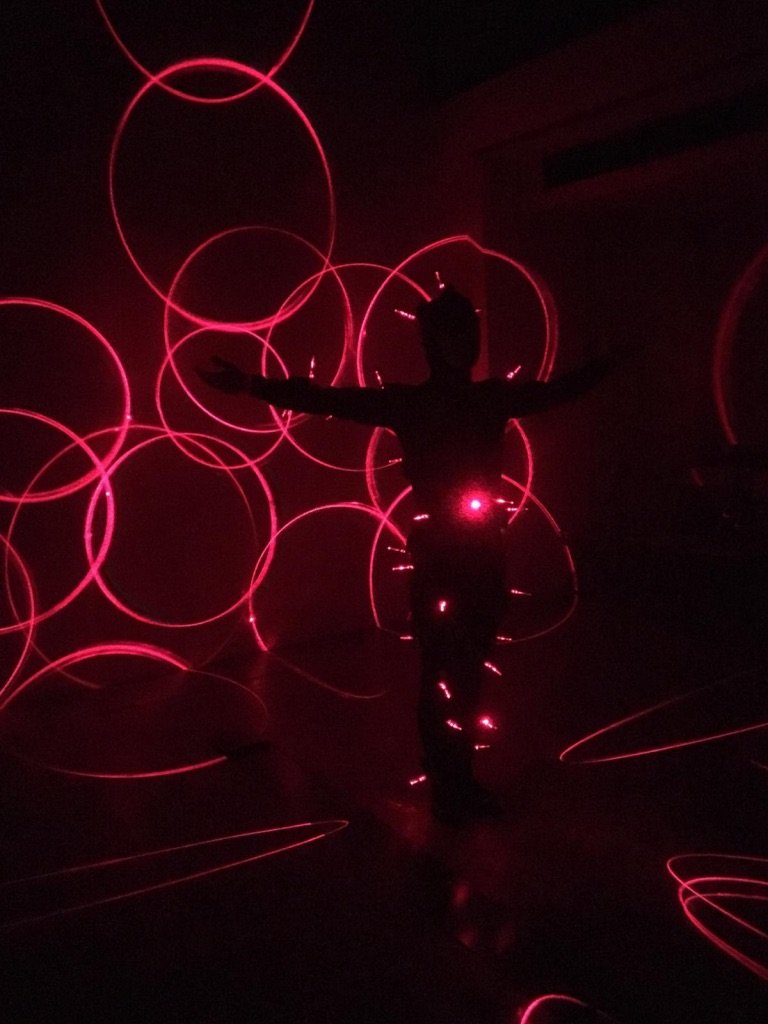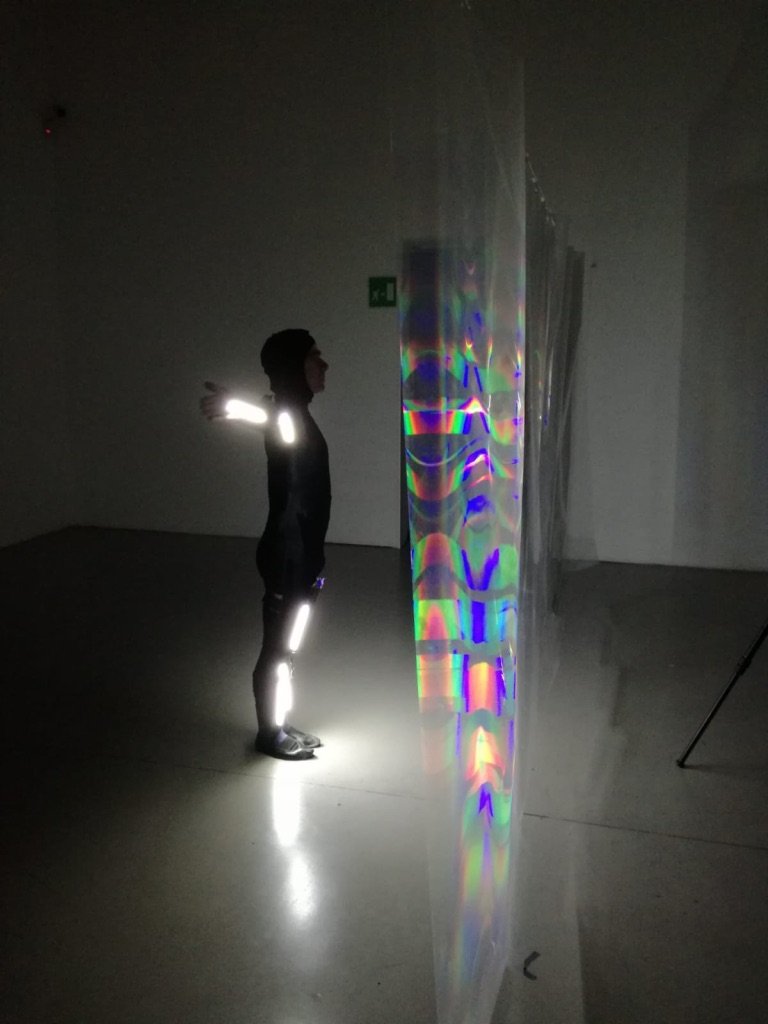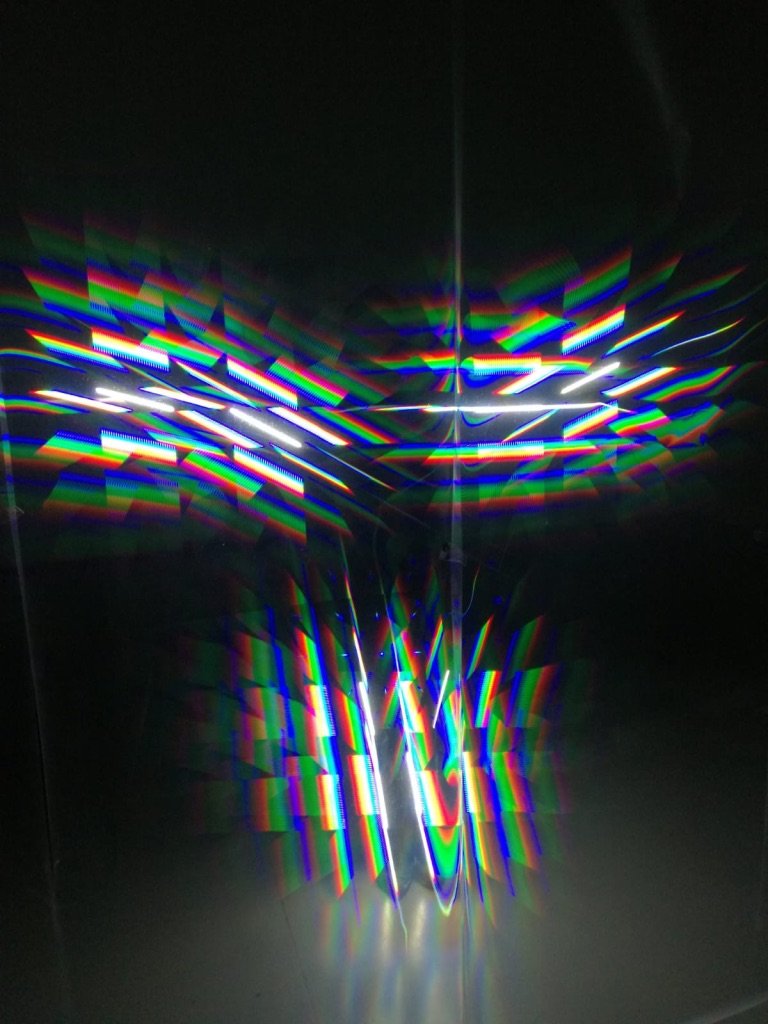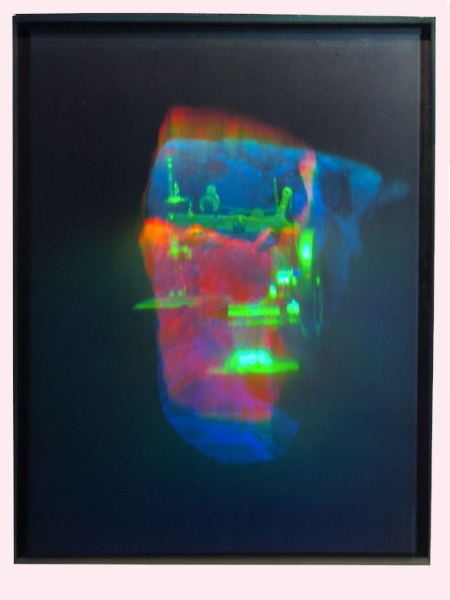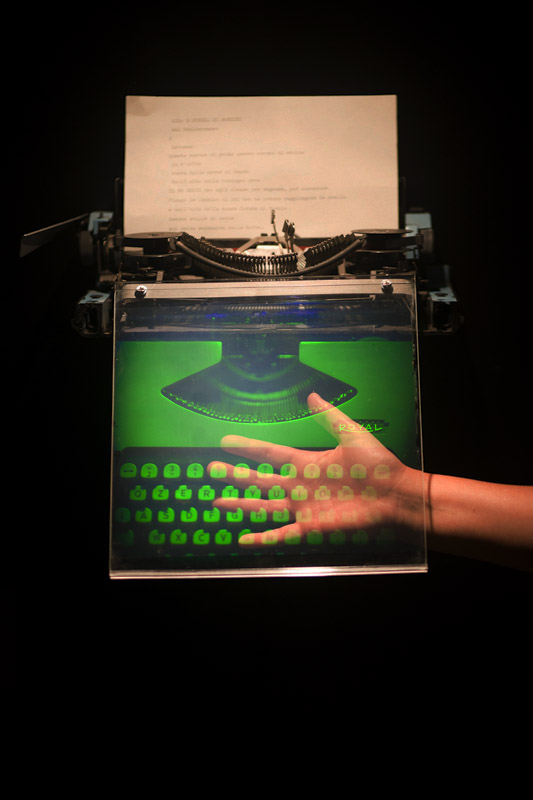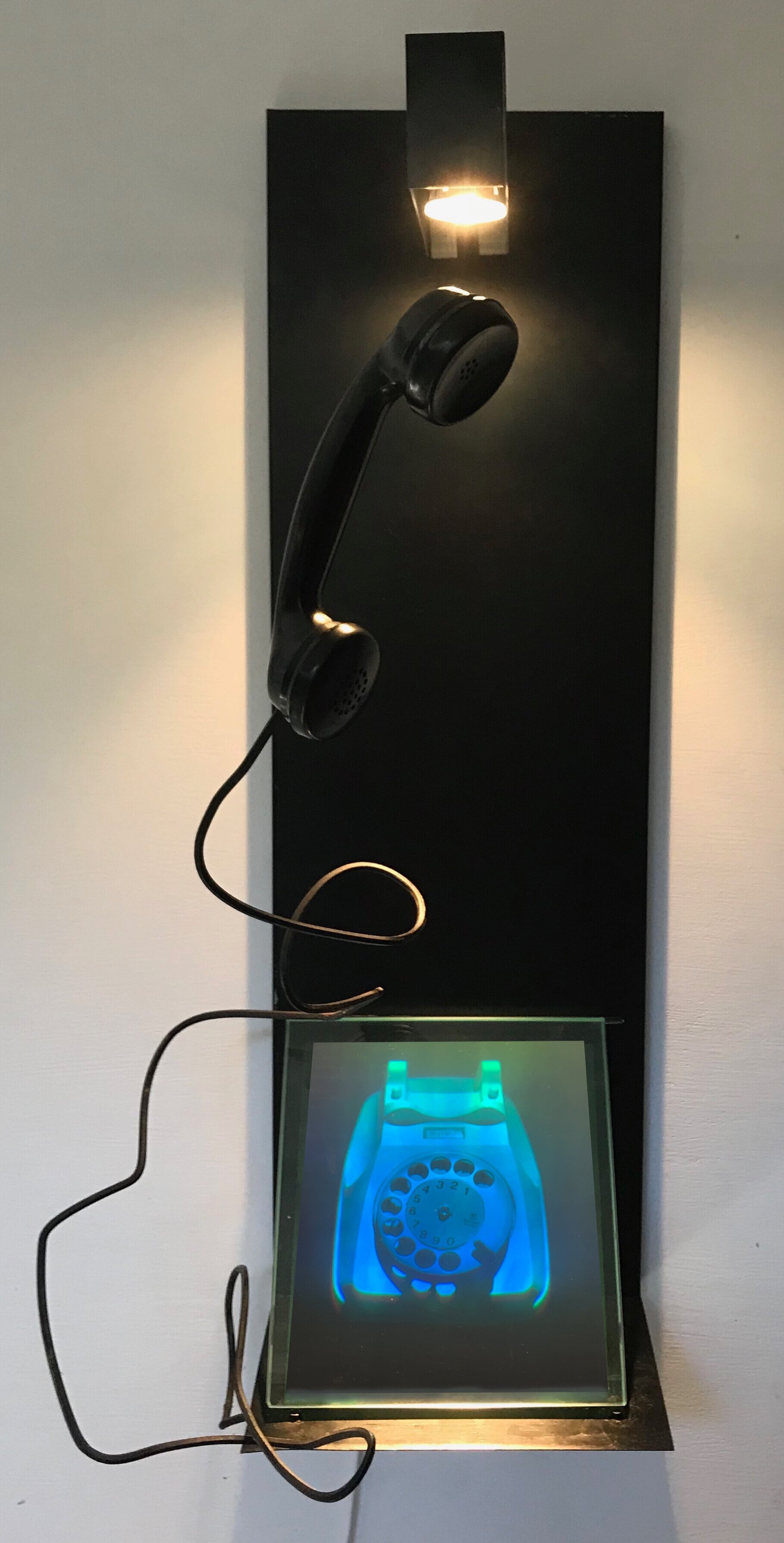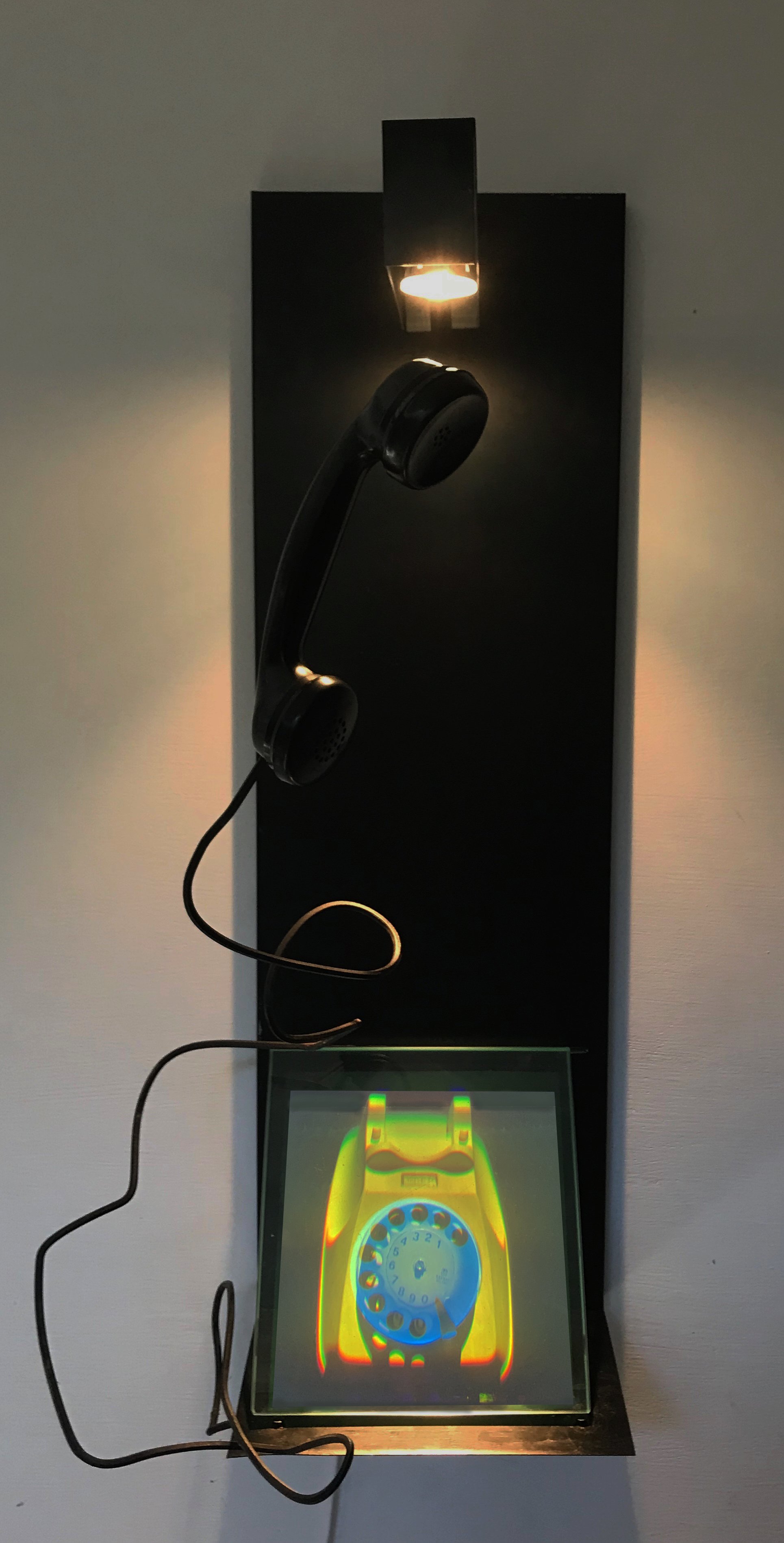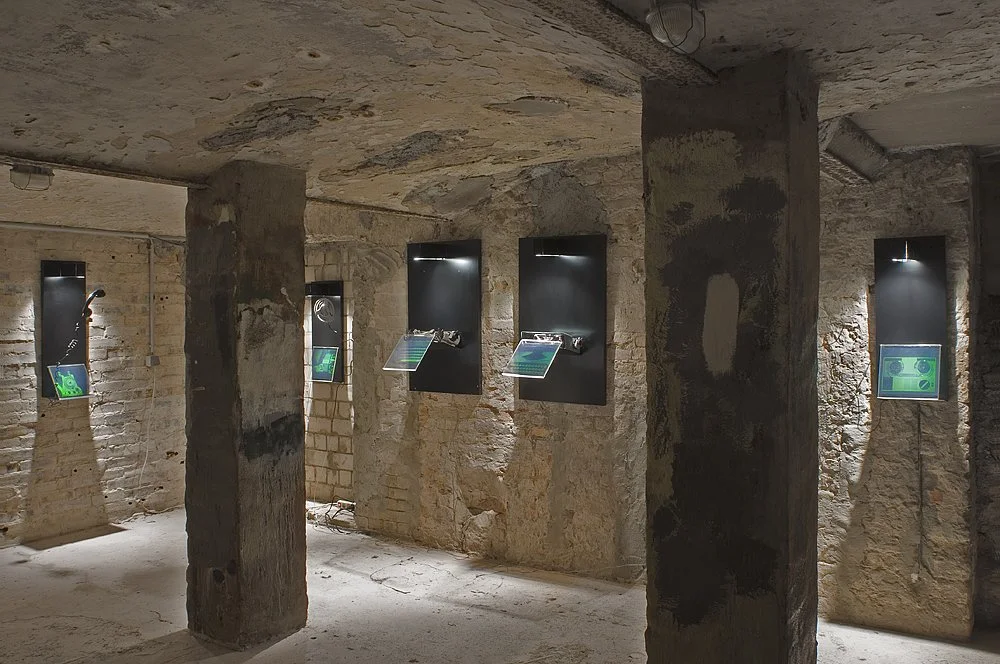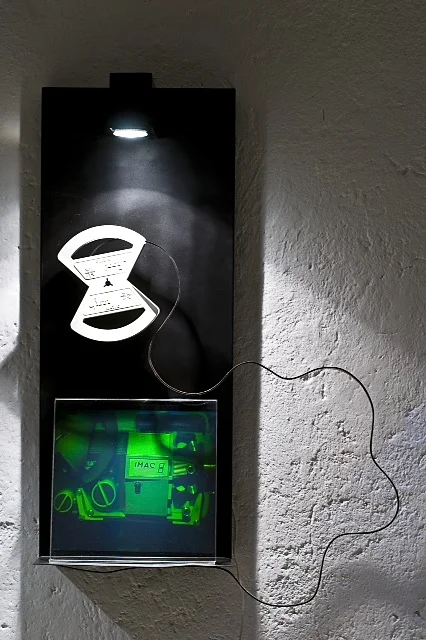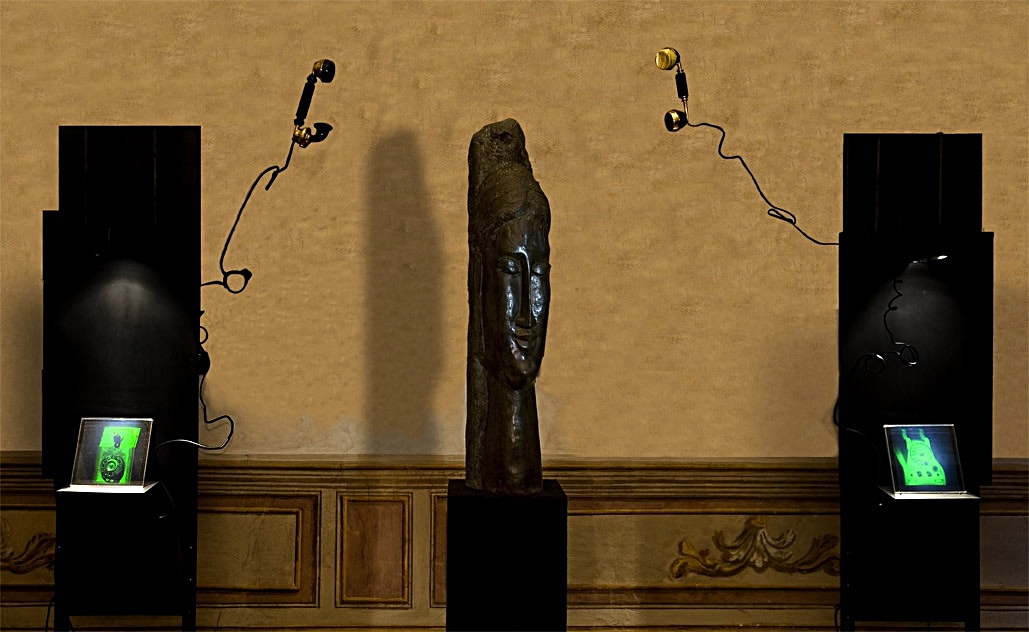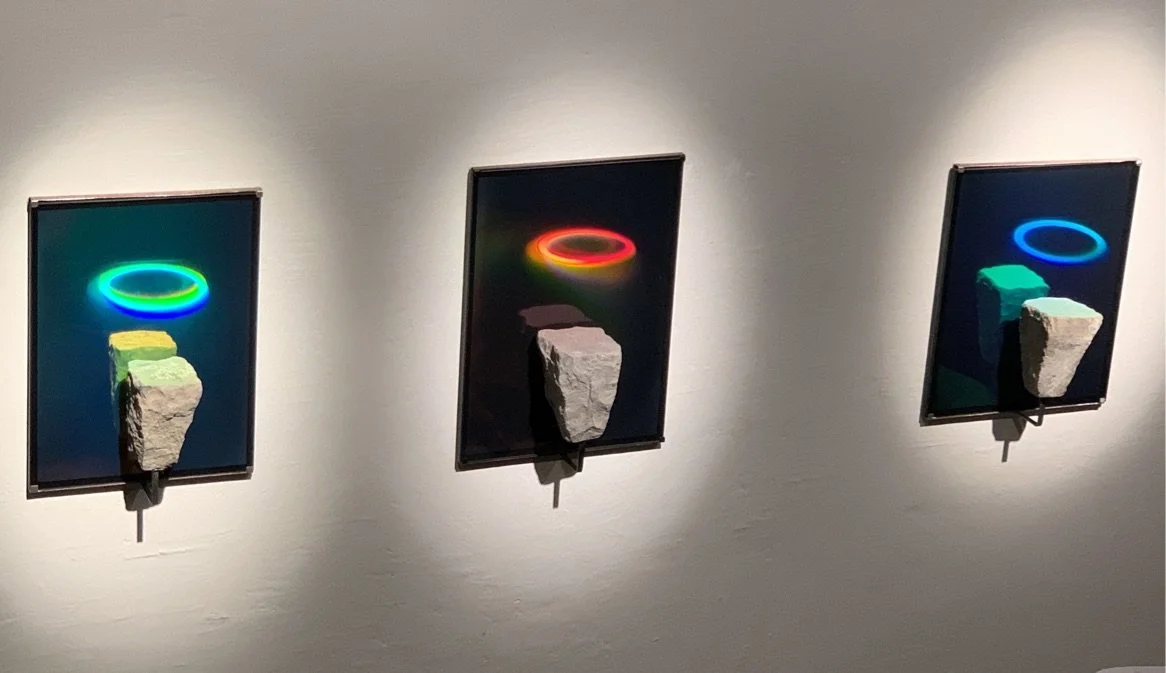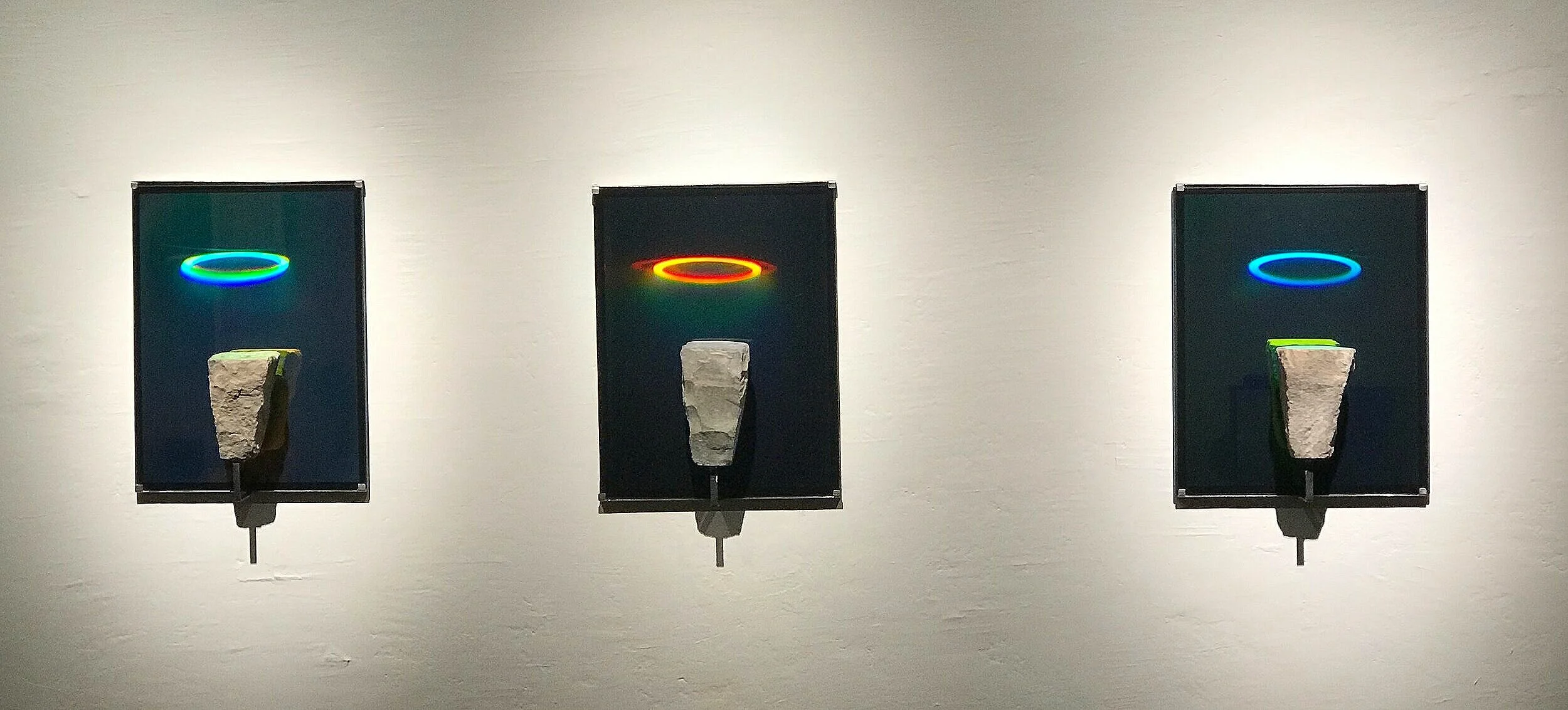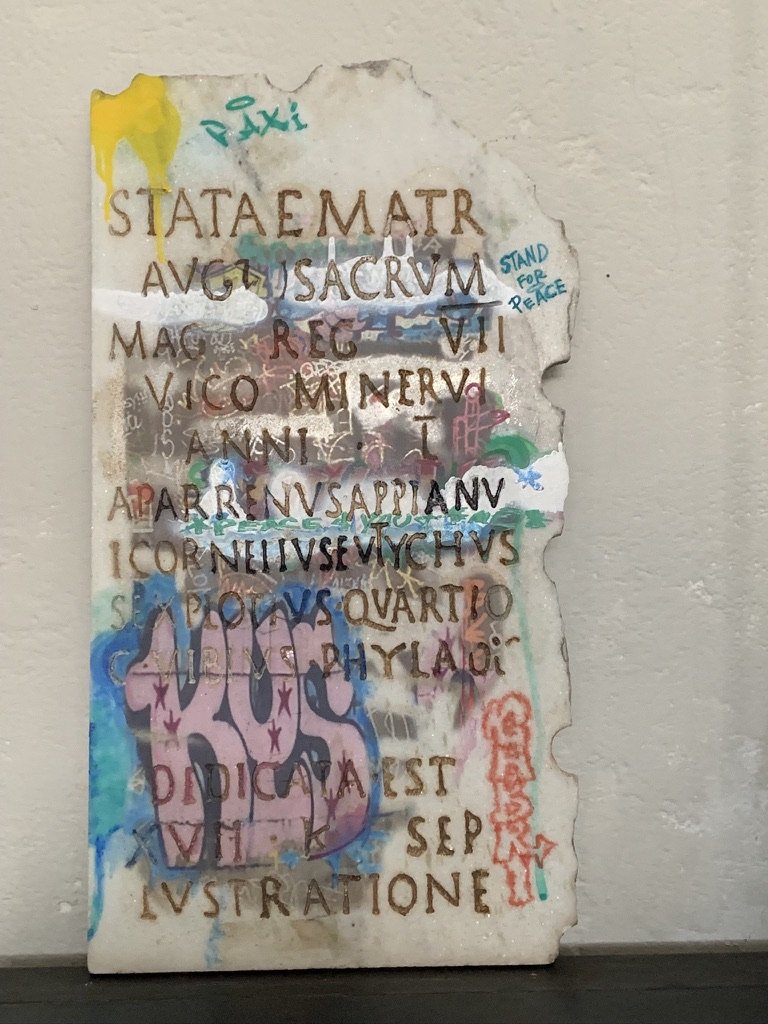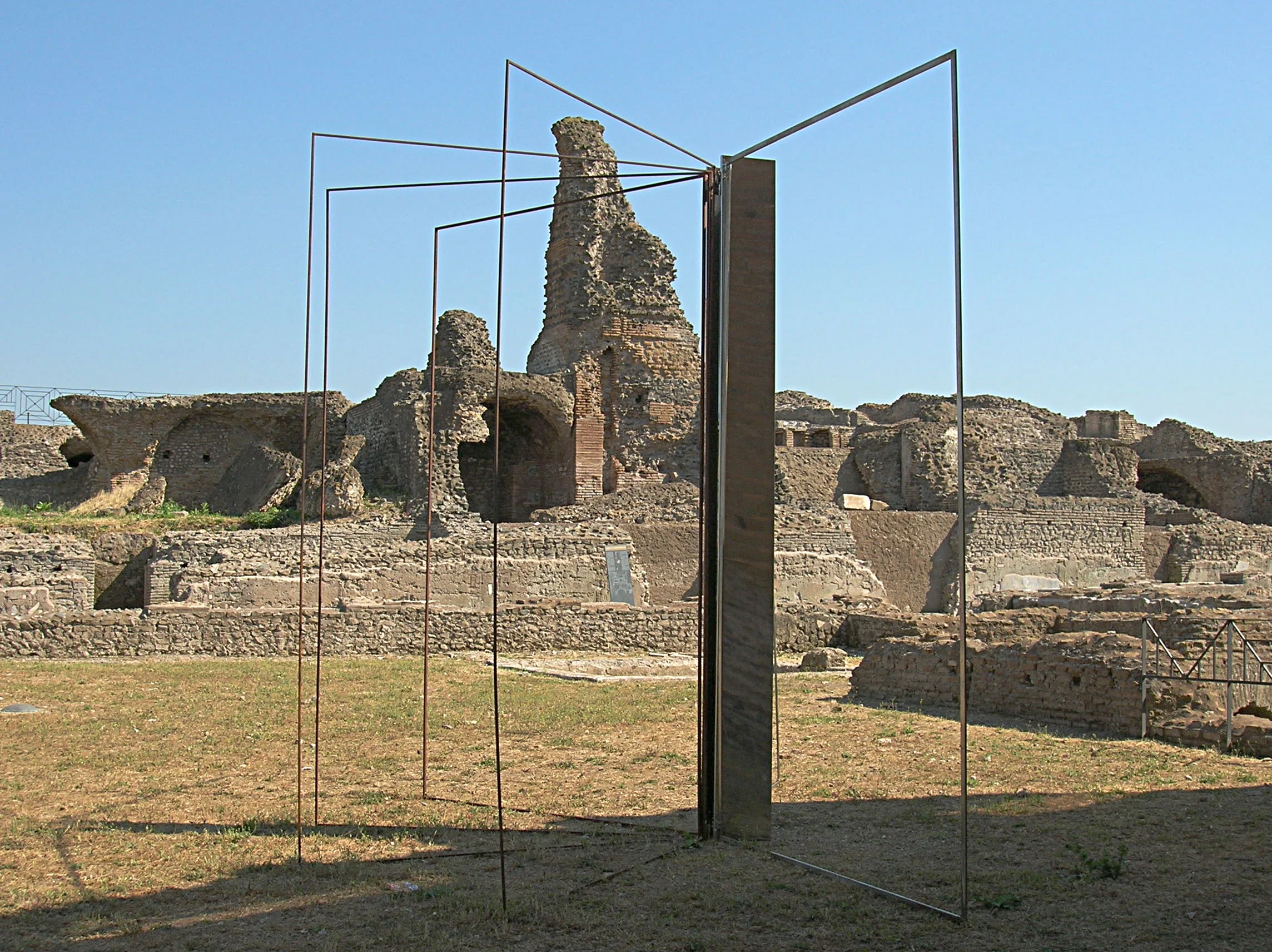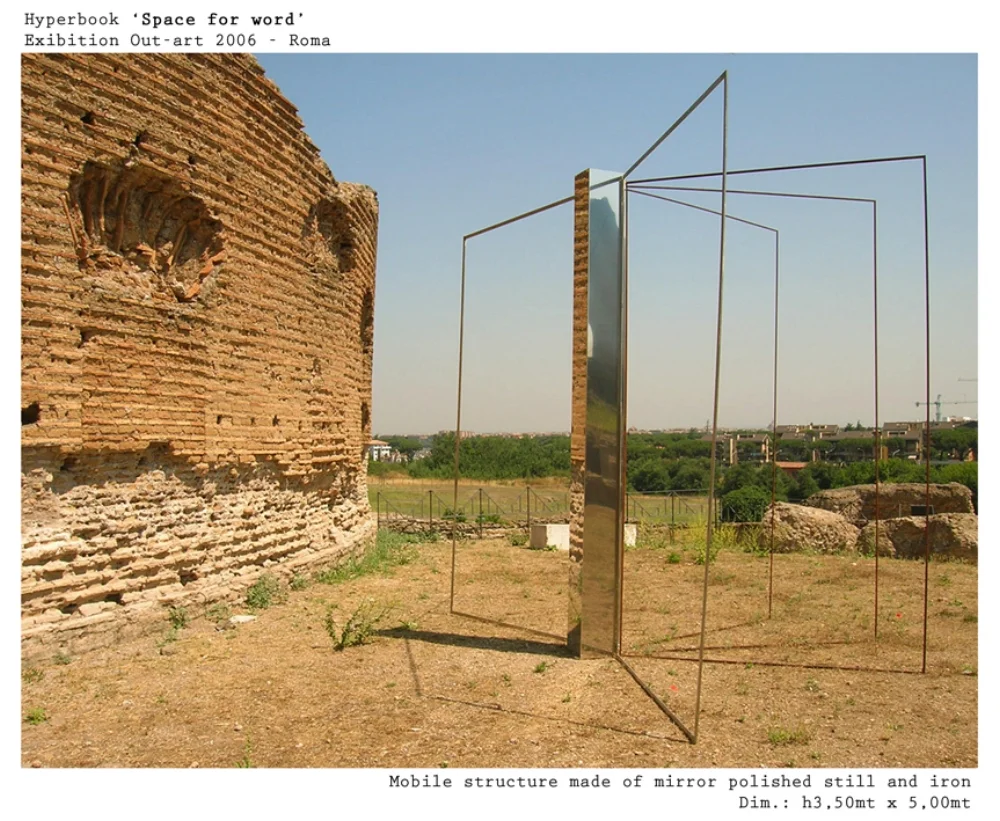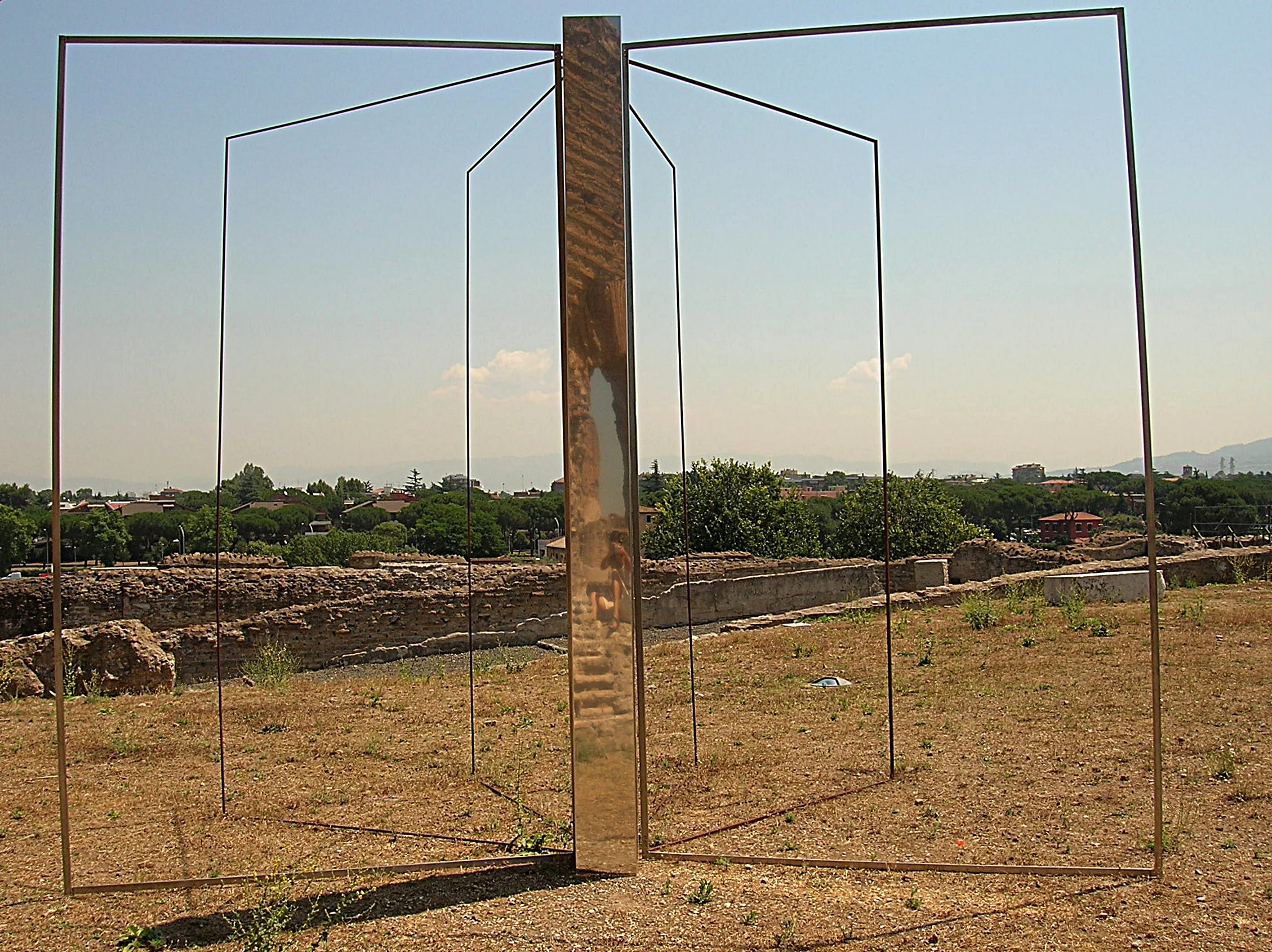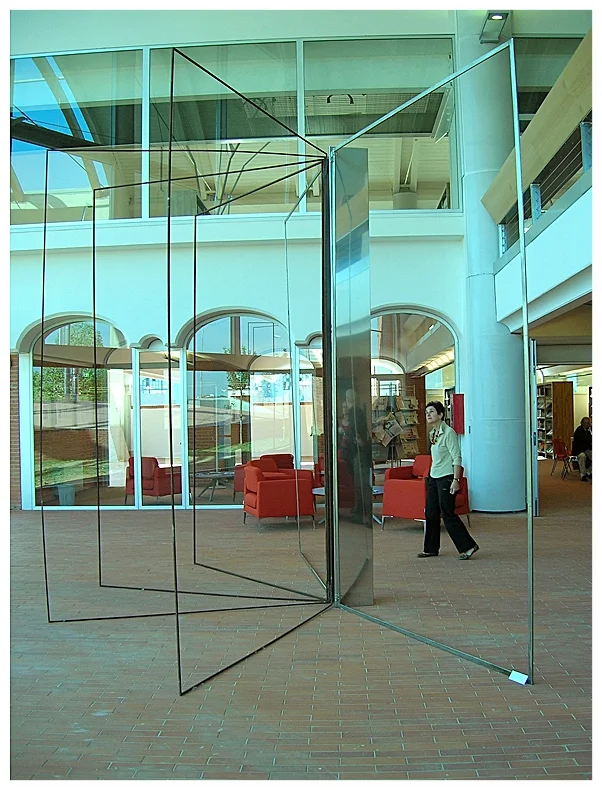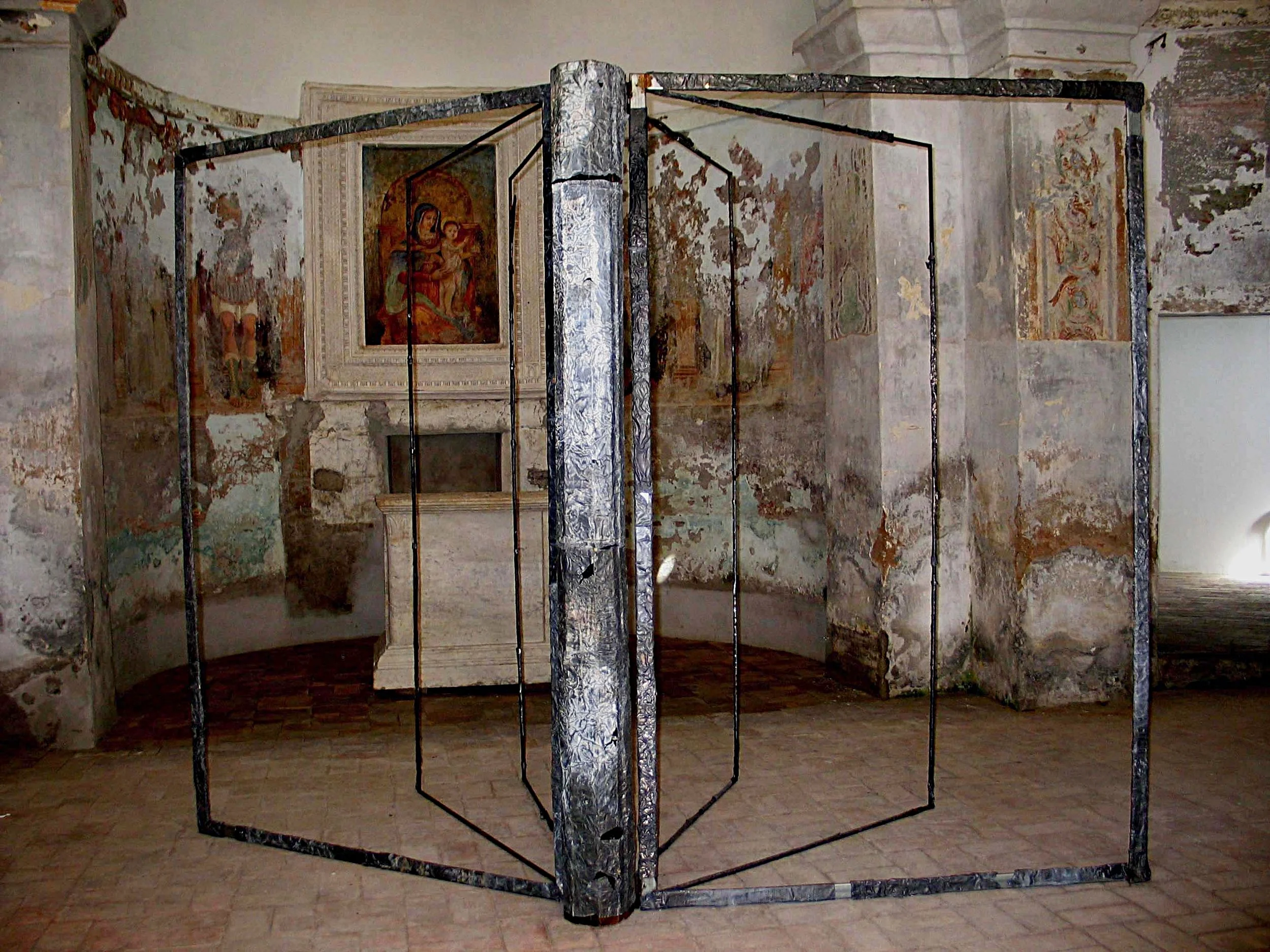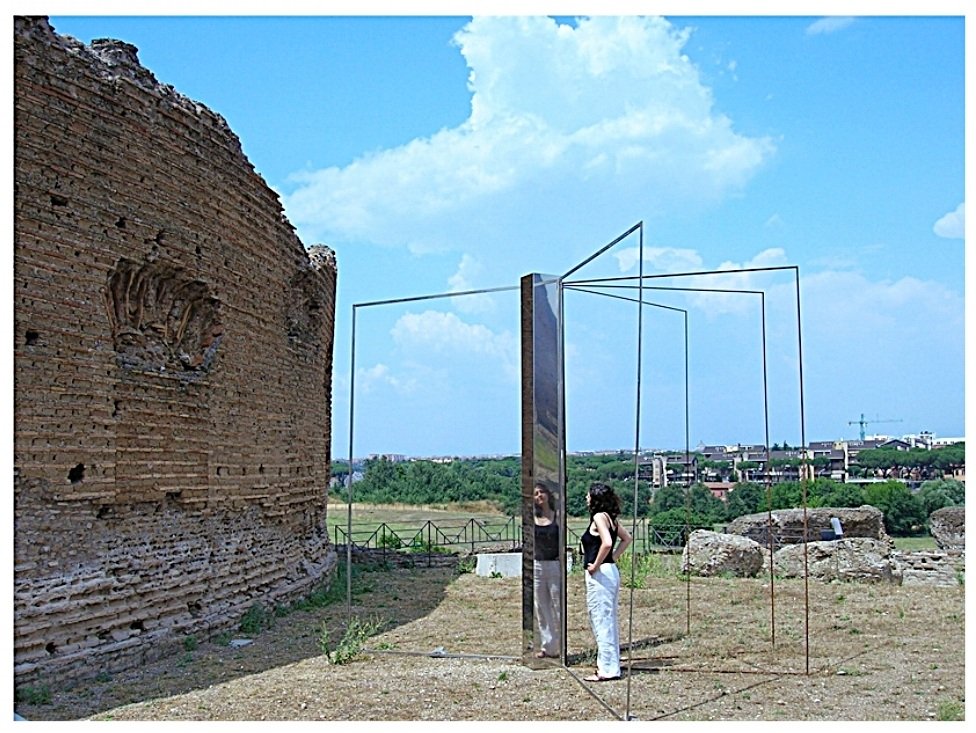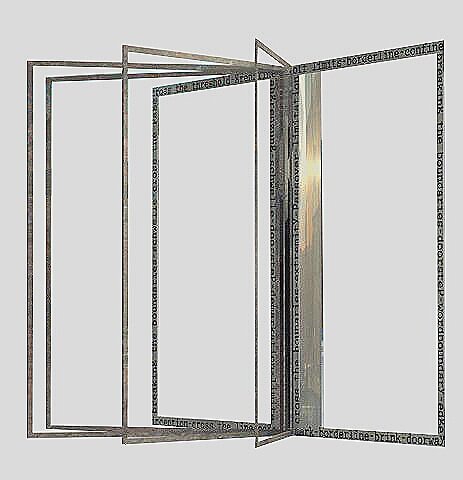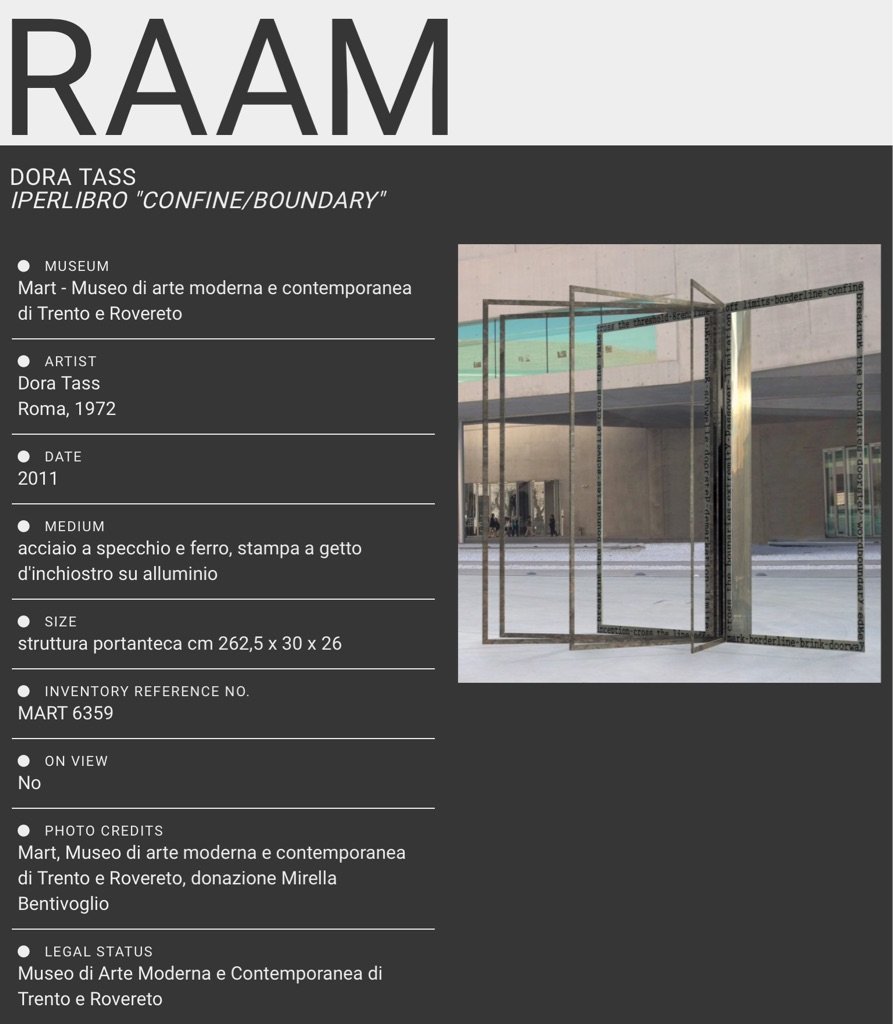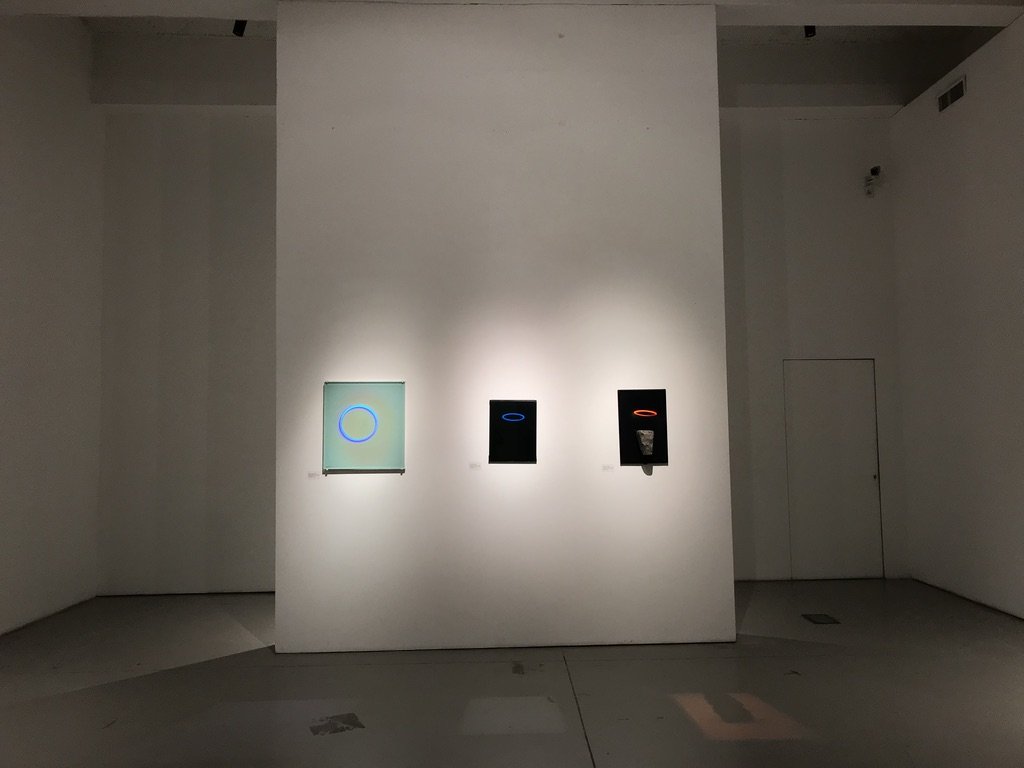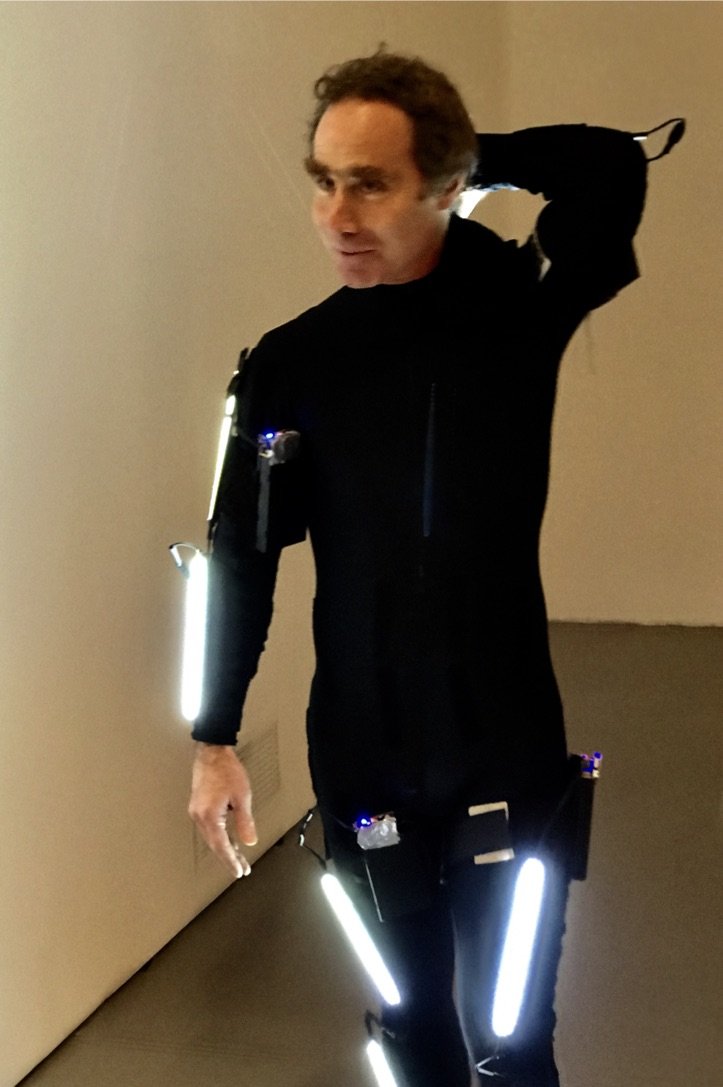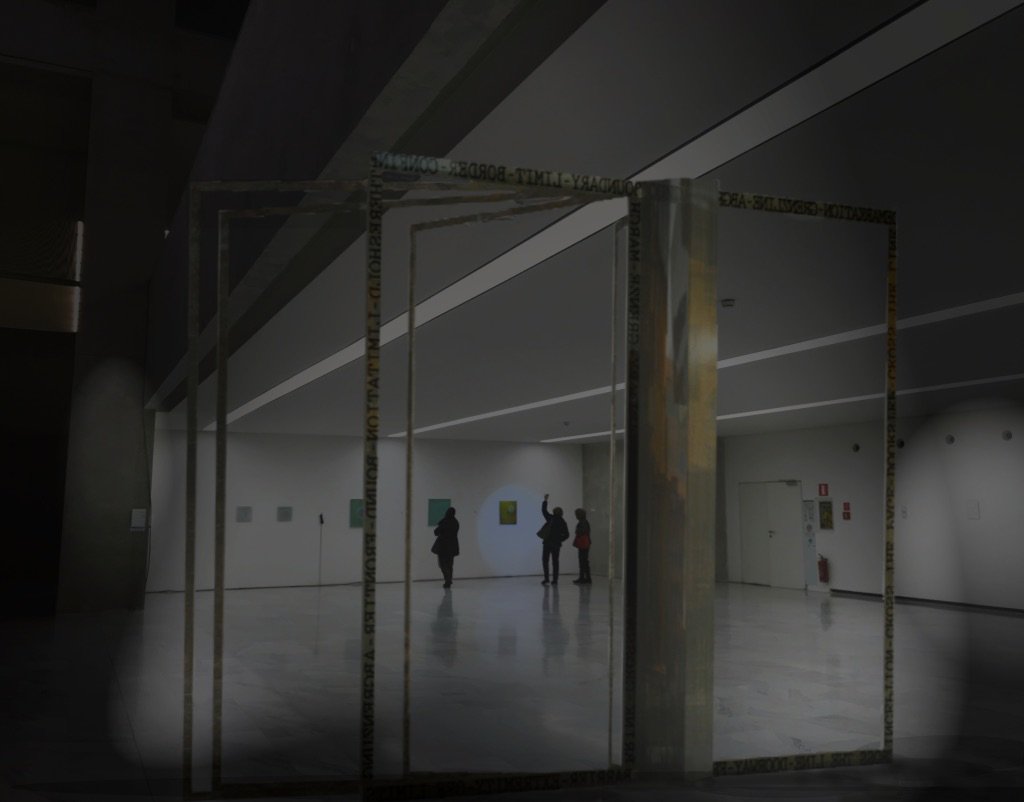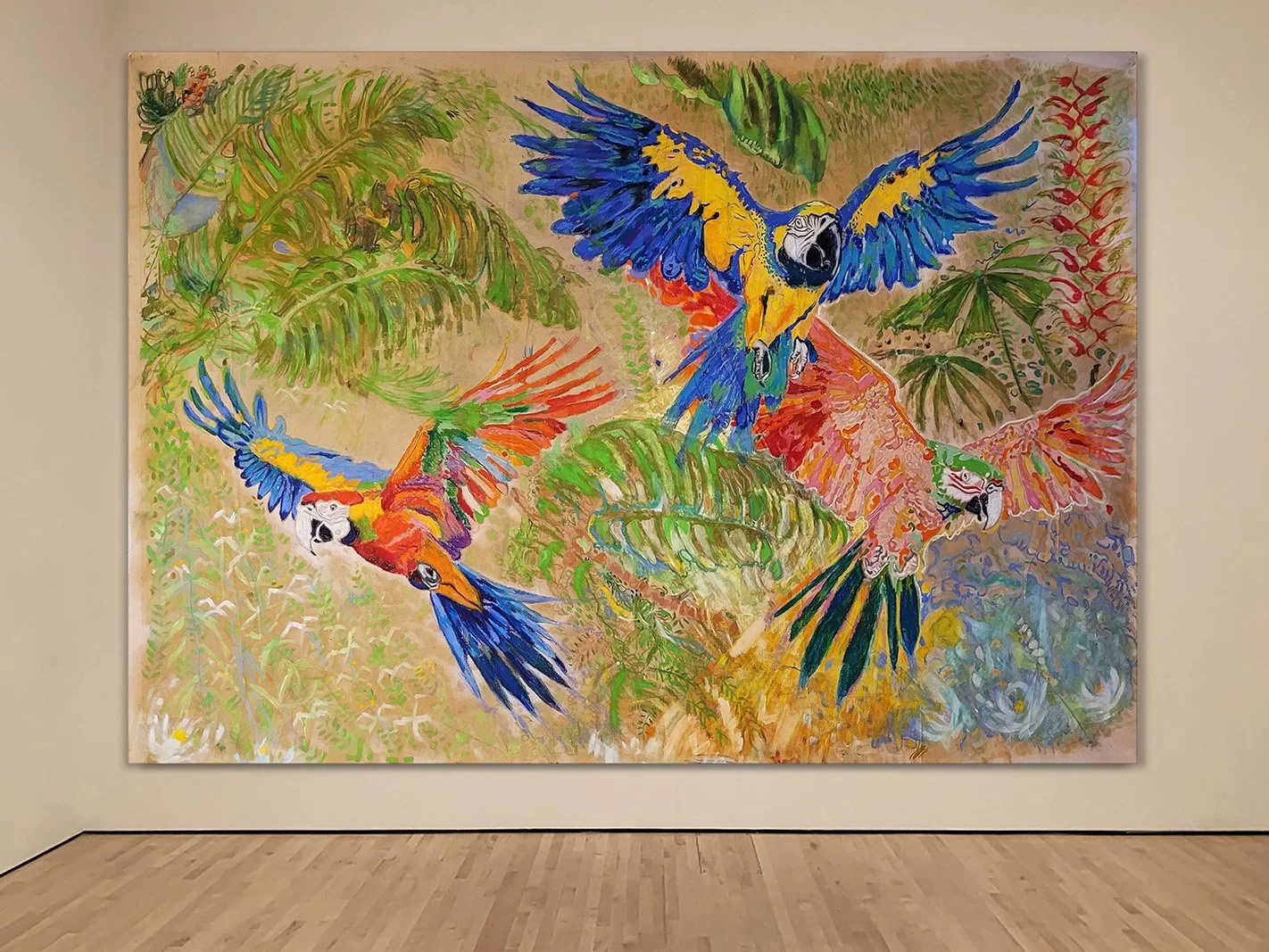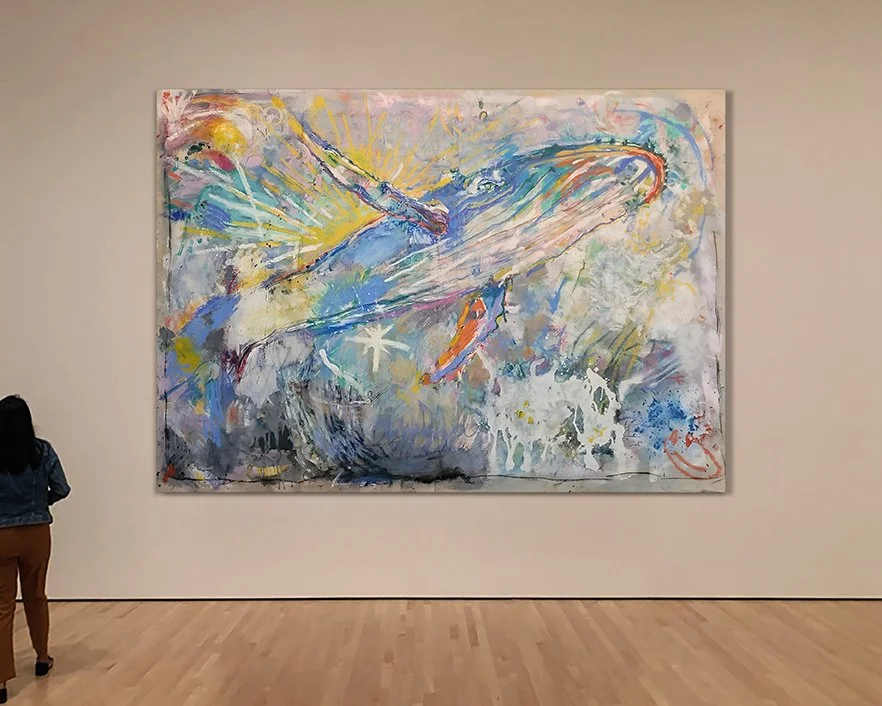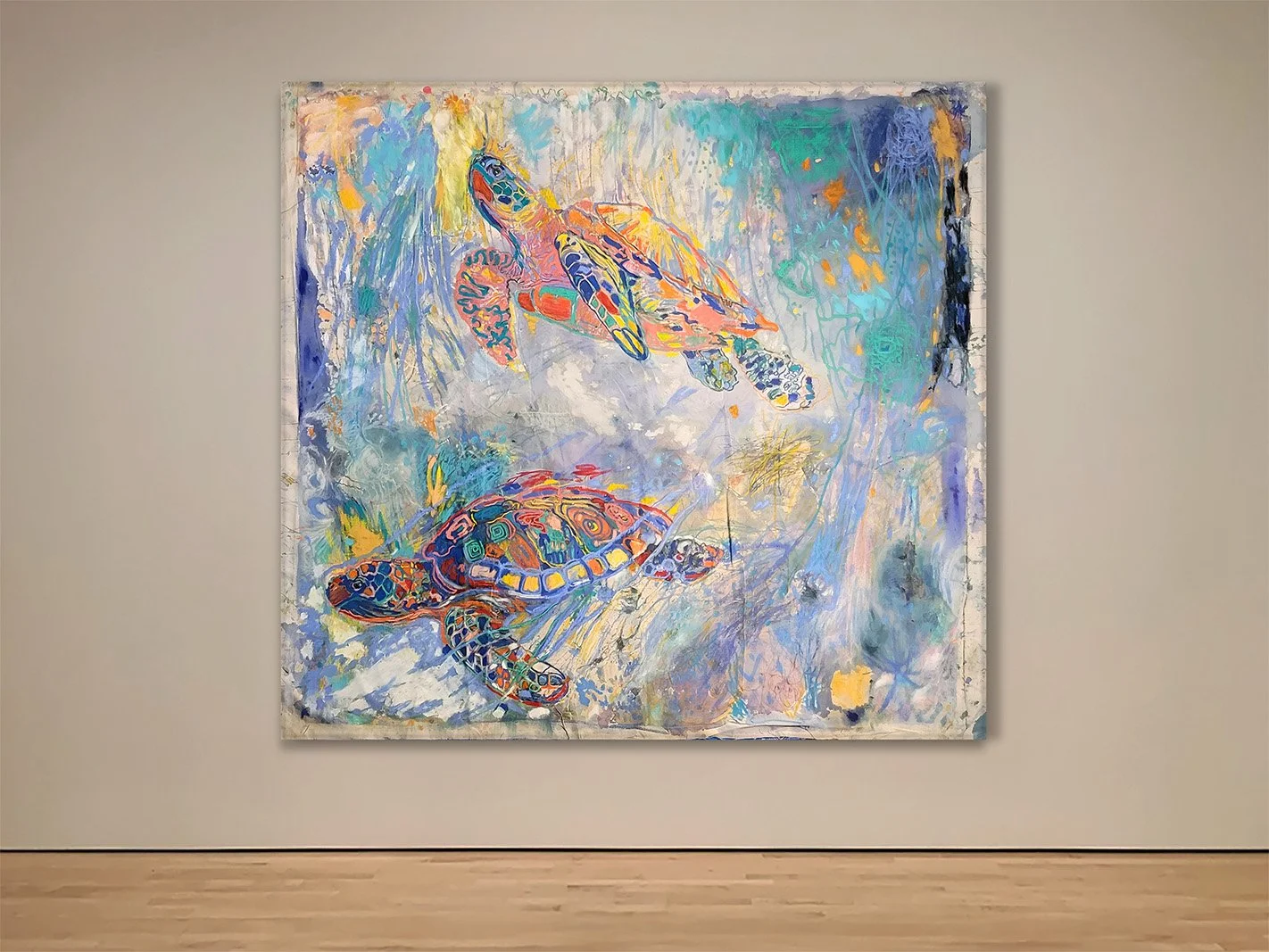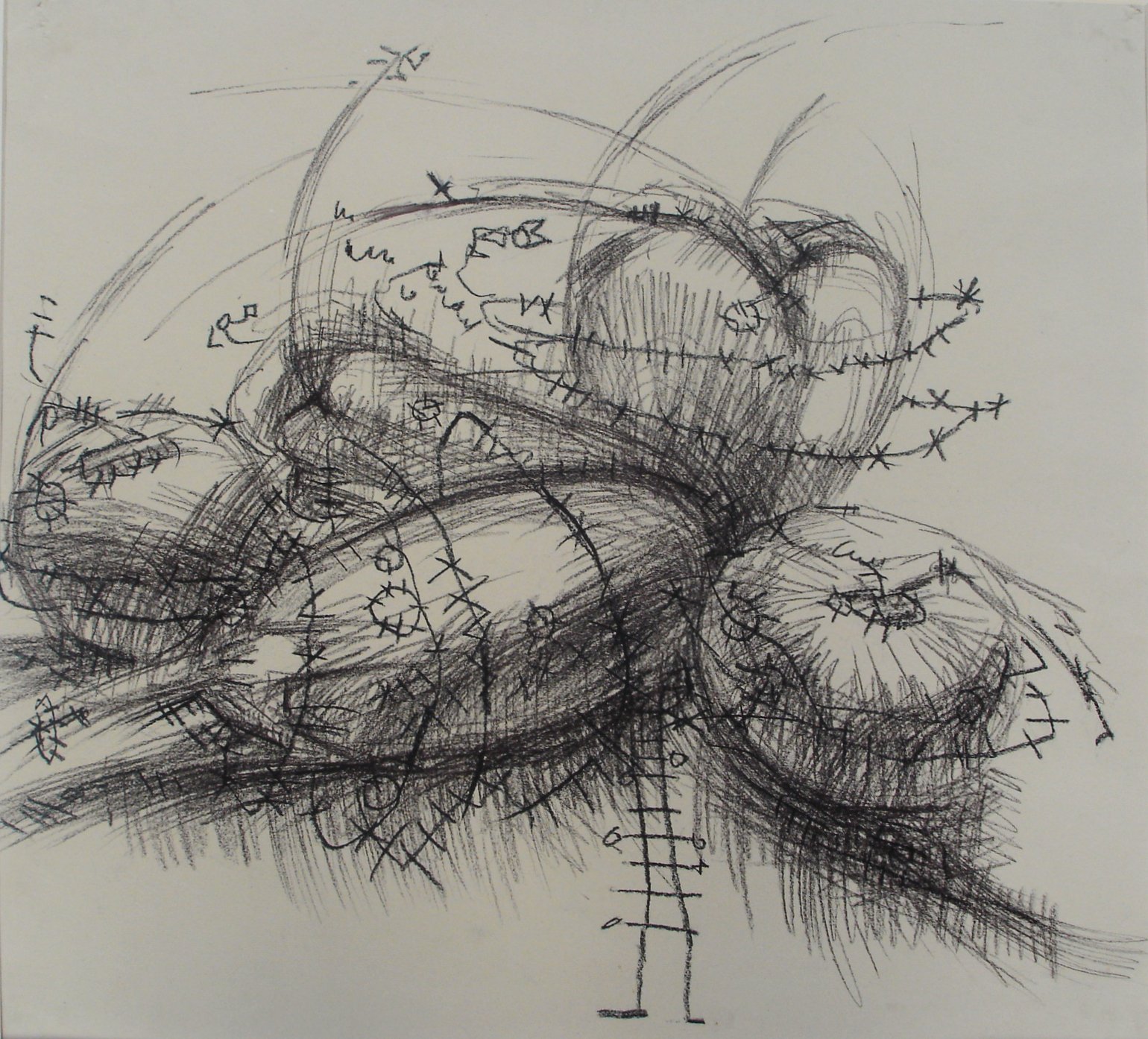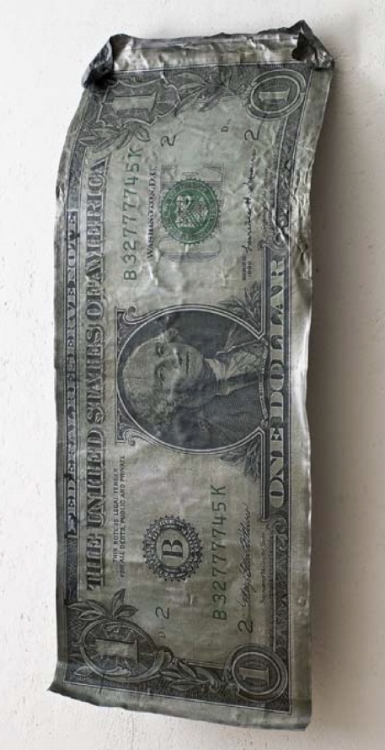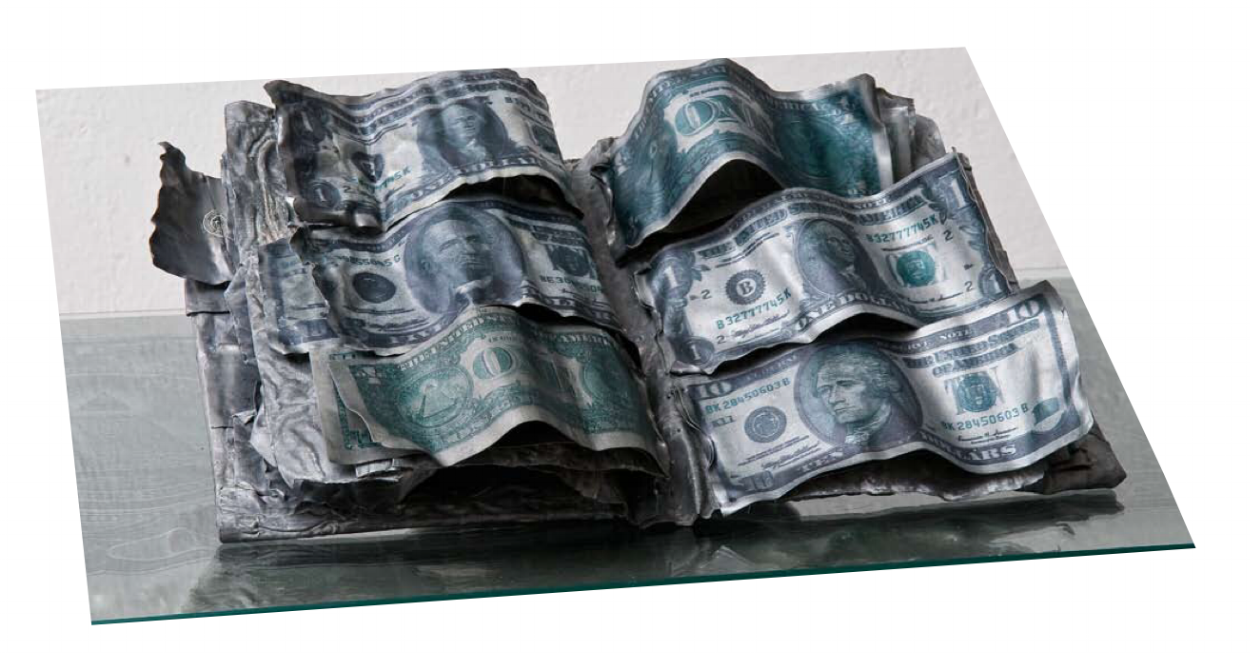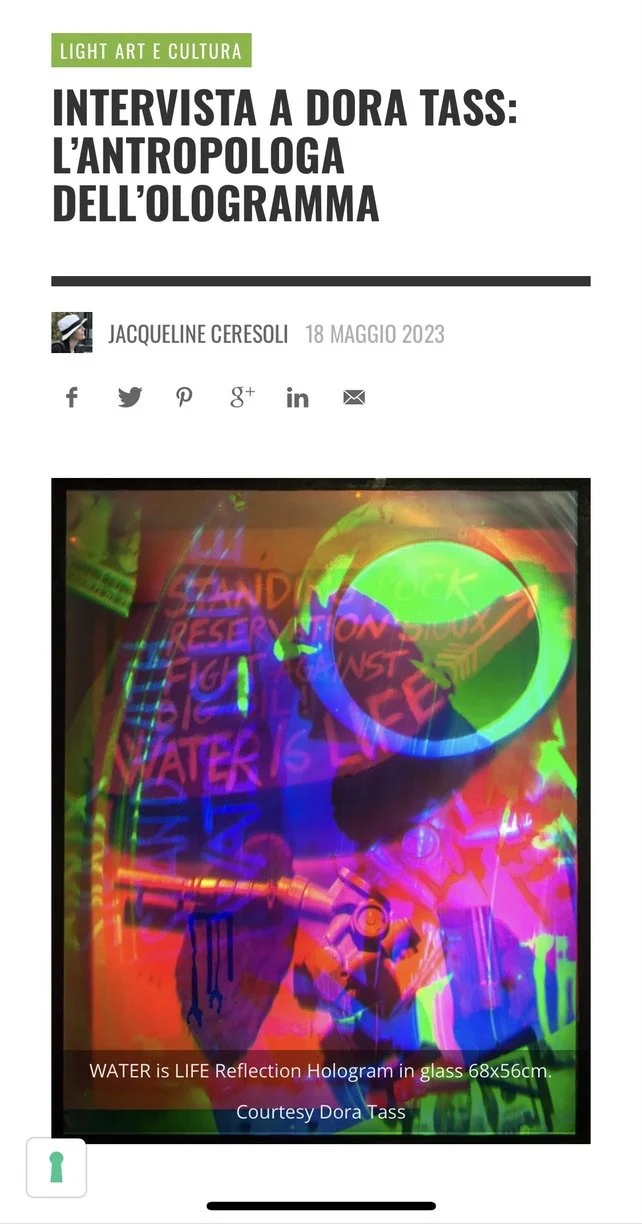Text written by MIRELLA BENTIVOGLIO visual poetry curator and artist.
HYPERBOOK
In its angular and unadorned minimalism, the Hyperbook by Dora Tass is one of the most absolute works realised in recent years for what concerns the area of the so called non-book. It constitutes the last stage of a gradual semiotic operation, which lasted for the whole of the twentieth century and used the book sign to openly discuss the concept of culture. This kind of works punctually arise when the book is mostly replaced as a mean of communication by all other electronic ones and, therefore, it loses its tool aspect and gets solely elevated to the rank of symbol of knowledge, a role that was assigned to it in the religious iconography; actually all saints and angels carrying books were never protagonists, they only were taking the role of bookrests.
By looking at the stages of the gradual transformation of the book, from religious to secular sign, and at its extension to the existential sphere (as promoted by historic avant-gardes and neo avant-gardes), we will find various elements that compactly merged in this great structure.
In 1932 Tullio d’Albisola realises tin books in a factory for tinned food boxes. It is the first edition in the world of metallic volumes, and it has the aim of contesting the paper material that the futurism associates to bureaucracy and academics. In 1969 Vincezo Agnetti builds up a book by removing from each page the portion that is virtually assigned to the text. It is a book of margins: the marginalised communication. A dramatic regression of the book archetype in its nude nature of object. In 1975 Ennio Pouchard publishes in the editions of plurimi Elleci the first transparent book.
These are the three Italian references for the current Hyper-book; the first one for its use of metal, the second one because, like in Dora Tass’ work, the word is set to zero, and the third one for the visibility and mobility of its contents. Because of its erect position, because of the great measures and for the wooden frames that create this air sculpture, it is possible to see a completion of the Hyper-book in my Hyper Ovum of 1987, the hyper-egg.
The subtle rectangular perimeters of the Hyper-book create a slight linguistic border for the reality that they enclose in the page; you can enter it and exit it and it implicitly conveys the anthropologic idea of sacred fence. Dora Tass’ education roots in Anthropology; she started to adopt the metal art by attending the laboratory of the artist and bookmaker Sandro Coccia.
You can leaf through the hyper-book as through any other book. As all common books it has got an even number of pages. But it doesn’t have the paperback board in the shape of a semi cylinder as any other book; on the contrary, coherently with the technologic rigour of its material, it has got a lucid parallelepiped inside which it hides the gadgets to leaf through the pages. The surrounding panorama also reflects on it.
The hyper-book tells us that our perception of the universal manifestation that we call reality is soaked with our culture. It tells us that the thousand-year stratification of logos modelled the world and our brains. It tells us that nowadays, in this post-biologic era, the margins fell, the verb became flesh; therefore the language became the world, it became us.
Mirella Bentivoglio
Published on BTA, Bollettino Telematico dell’arte, 12th February 2007, n. 447
Italian Version
Nella sua angolosa e disadorna minimalità, l'Iperlibro di Dora Tass è una delle opere più assolute che siano state realizzate in questi ultimi anni nell'area di ciò che si usa definire il non libro. Costituisce l'ultima tappa di una graduale operazione di stampo semiologico che lungo il ventesimo secolo ha fatto uso del segno libro per un aperto discorso sul concetto di cultura.
Quest'opera nasce puntualmente nel momento in cui il libro, sostituito in gran parte dai media elettronici nella sua funzione comunicativa, viene elevato da strumento a simbolo di conoscenza, ruolo che ha sempre occupato nell'iconografia religiosa; poiché ogni santo e angelo recante un libro aperto, lungi dal presentarsi come protagonista, ha sempre in realtà assolto a una mera funzione di leggìo.
Se rivediamo le tappe del graduale percorso di trasformazione laica del segno libro, e della sua estensione alla sfera esistenziale (promossa dalle avanguardie storiche e dalle neoavanguardie) troviamo vari elementi che sono poi compattamente confluiti in questa grande struttura.
Nel 1932 Tullio d'Albisola realizza libri di latta in una fabbrica per contenitori di cibi in scatola. È la prima edizione al mondo di volumi metallici, e ha il fine di contestare il materiale cartaceo che il futurismo associa alla burocrazia e all'accademia. Nel 1969 Vincenzo Agnetti costruisce un libro asportando da ogni pagina la porzione di carta virtualmente assegnata al testo. È un libro di margini: la comunicazione emarginata. Una drammatica regressione all'archetipo libresco nella sua nuda natura di oggetto. Nel 1975 Ennio Pouchard pubblica nelle edizioni dei plurimi Elleci il primo libro trasparente. Sono questi i tre precedenti italiani dell'attuale Iperlibro; il primo per l'uso del metallo, il secondo per l'azzeramento della parola, il terzo per la visibilità e mobilità del contenuto. Per la posizione eretta, la grande misura, le parentesi lignee che profilano una scultura d'aria, si può vedere un complementare dell'Iperlibro nel mio Hyper Ovum dell'87, l'iperuovo.
I sottili perimetri rettangolari dell'Iperlibro creano un tenue confine linguistico alla realtà che impaginano; si può entrarvi e uscirne e vi è implicita l'idea antropologica di sacro recinto. Dora Tass ha preparazione di antropologa; e si è iniziata all'arte del metallo frequentando il laboratorio dell'artista e librista romano Sandro Coccia.
L'Iperlibro si sfoglia come ogni libro. Come ogni libro ha un numero pari di pagine. Ma non ha dorso semicilindrico come ogni libro, bensì, in coerenza col rigore tecnologico della propria materia, un lucido parallelepipedo in cui si nascondono gli aggeggi per voltare le pagine e su cui si rispecchia l'ambiente circostante.
L'Iperlibro ci dice che la nostra percezione di quella manifestazione universale che chiamiamo realtà è impregnata della nostra cultura.
Ci dice che la stratificazione millenaria del logos ha modellato il mondo e il nostro cervello. Che, in quest'epoca post-biologica, i margini sono caduti, il verbo si è fatto carne; ossia il linguaggio è diventato il mondo, e noi.


